This story starts in May 2006, when a friend, who knew that we were on the lookout for old houses in Malolos that might be for sale, sent me a solid lead. The following month, I managed to visit the actual house being offered, and subsequently wrote about it. (See here.) While my family and I eventually decided not to pursue this so-called “White House,” I valued the first direct encounter to the world of Malolos ancestral houses that this visit afforded me, having never seen the inside of one previously.
This first ever Malolos Akyat-Bahay visit was also my introduction to the world of Holy Week in Malolos, via the White House’s caretaker, Mrs. Gloria Regala. She was a close relative of the house owners, and a lifelong resident of the neighborhood and therefore intimately familiar with the people and the historical structures around. But more than this, she was the owner, caretaker, or steward of several antique processional images, mostly for Holy Week; she knew the history of each image, and would freely recount the circumstances of how they managed to wind up in her care.
She had a small room on the ground floor of her own ancestral house just a few meters away from the “White House,” that she always referred to as the “Prayer Room.” In my view, it was more like a “santo dormitory,” with a platoon of processional images. She had invited me inside to venerate them, and enthusiastically consented when I asked to be given permission to photograph them. There was a larger-than-life Nazareno, which looked even larger because it was standing rather than kneeling.
This first ever Malolos Akyat-Bahay visit was also my introduction to the world of Holy Week in Malolos, via the White House’s caretaker, Mrs. Gloria Regala. She was a close relative of the house owners, and a lifelong resident of the neighborhood and therefore intimately familiar with the people and the historical structures around. But more than this, she was the owner, caretaker, or steward of several antique processional images, mostly for Holy Week; she knew the history of each image, and would freely recount the circumstances of how they managed to wind up in her care.
She had a small room on the ground floor of her own ancestral house just a few meters away from the “White House,” that she always referred to as the “Prayer Room.” In my view, it was more like a “santo dormitory,” with a platoon of processional images. She had invited me inside to venerate them, and enthusiastically consented when I asked to be given permission to photograph them. There was a larger-than-life Nazareno, which looked even larger because it was standing rather than kneeling.
There was beautiful life-sized Santa Veronica, originally commissioned by a sister of Mrs. Regala’s grandmother at the beginning of the 20th century, subsequently bequeathed to an uncle, and now cared for by Mrs. Regala herself on behalf of the clan.
And there was an even more beautiful Dolorosa, originally commissioned by one of the wealthiest women of Malolos in the early 20th century, and entrusted to Mrs. Regala’s care by the original owner's descendant just a few years ago.
Obviously, Mrs. Regala was a certifiable “santo addict” and Holy Week enthusiast. She even said that because she was fully committed to Holy Week in Malolos Bayan each year, she had never been to other parishes, even those nearby, for Holy Week. And therefore it was a bit surprising when she revealed that she was quite frustrated about Holy Week in this, the parish of the Cathedral of the Diocese of Malolos, comprising the whole of Bulacan province.
For while other places in Bulacan, like Barasoain just a kilometer or so away had a vintage 1970’s tableau of the Last Supper in their Holy Week processional line-up,
the next town Plaridel certainly had one, Baliwag a distant three towns away probably had more than one, and even San Rafael that sleepy town right after Baliwag even came up with a valiant attempt
the sad fact of the matter was that Malolos Bayan had none.
In fact I too was surprised by this realization. So in the subsequent months that I had visited Mrs. Regala and the santos in her Prayer Room, I got to thinking what an exceptional opportunity it would be if my family, who had supposedly been permanent residents of the town for three-quarters of a century already (though insignificant versus the centuries that other families like Mrs. Regala’s have been in these parts), could contribute something tangible to the town’s religious and cultural life.
Therefore when Mrs. Regala asked, in plain language and on behalf of the parish, if my family and I would participate in the Holy Week processional line-up with a tableau of the Last Supper, I agreed almost matter-of-factly. In fact it was probably a more sober response than what the opportunity warranted, but at that time, my family and I were gearing up to bring out our second Holy Week processional piece (see here), and had a number of other on-going projects besides, so we were rather preoccupied.
But given that it was nearly Holy Week 2007 at that time, this meant that the earliest that we could have the Last Supper ready was Holy Week 2008, which was over a year away, so we weren’t worried. In fact we only remembered to formalize our intentions in writing to the Parish Priest and Cathedral Rector on 31 August 2007, or just about half a year before Holy Week. But given that the parish had not had a Last Supper till now, it was unlikely anyway that a similar offer was forthcoming from someone else, so that was not a problem.
In fact, I had spent the first half of 2007 researching existing processional Last Suppers. A few years previously, I got to go to the Sempio House in San Miguel, Bulacan, which is home to possibly the oldest processional Last Supper in the Philippines, and subsequently wrote about my visit here.
While obviously very old and also very finely carved, I found the entire ensemble rather stiff and undynamic, despite the presence of two “waiters.”
It didn’t help either that it was in bad shape physically, with the oil paint chipped off extensively in many places.
I had also seen the Last Supper of San Pablo, Laguna originally owned by the Potenciano Family and now on year-round display in the Villa Escudero Museum.
While I had not seen it in procession, our regular santero Mr. Kiko Vecin had lent me two photographs of it from his collection, one showing it exhibited from many years ago
I thought that the four classical pillars were a nice touch, but that the group’s crosswise layout – wide rather than long – was rather problematic and would definitely be a challenge in the narrow streets of Malolos. The figures themselves were not very classically sculpted and painted, further diminishing their appeal.
Mr. Vecin’s photo collection provided other Last Supper examples, including this one from Paete, Laguna, featuring a small-scale Christ and with apostles in an even-smaller-scale, and the entire group dominated by large Art Nouveau-style arches and stout lampposts.
Sometimes it’s difficult to say if santo makers and owners are just naïve or are deliberately trying to be “cute.”
Mr. Vecin had a black-and-white photo-postcard of a Last Supper in his collection as well, possibly from the catalogue of a religious sculpture workshop in Spain.
This ensemble appeared to be fully-sculpted, in a mildly baroque yet still tastefully classical style.
Seeing this reminded me that I had somewhere in our home library come across another Spanish Last Supper when I was researching material for our Pagkarapa (Fall of Christ) – the Salzillo Last Supper in Murcia.
I thought that this was rather over-the-top, with the rococo-style dining room furniture and way-too-abundant food and obstructive candlesticks on the table. It was as if this and the maker of the simple yet striking and deservedly much-admired La Caida were two different people.
Mr. Vecin also had three photos of a tableau that he had just seen by chance in procession many years ago, while passing through Tanza, Cavite.
Based on these photographs, this group was very well staged and laid out, and even had a correctly-proportioned classical arch behind them. The individual figures also appeared to be quite well-sculpted and dressed, including this handsome yet menacing Judas Iscariot scowling in the background.
The Vecin Workshop itself had produced two processional Last Suppers in its lifetime. The first one, from the early 1990’s, was commissioned by the Parish of the Last Supper of Our Lord in Manila Times Village, Las Piñas.
Mr. Vecin’s painter for this commission was Manuel Santos, son of the famous santero Mantiago Santos.
Mr. Vecin admitted that this was a challenging project for him and his team, given the numerous figures that had to produced in a short span of time that still had to look quite varied from each other to avoid the uniformity and blandness of, for example, the San Miguel Last Supper figures.
This variety of appearances was achieved partly by contrasting old-looking apostles with younger-looking ones, as with these characters
Then there are all the middle-aged dudes.
Of course it was easy enough to distinguish Saint Peter with his artifacts and colors.
And Judas Iscariot once again presents a good opportunity for a character study.
Many years later, the Vecin Workshop had the opportunity to do another Last Supper, commissioned by a family from Trece Martires, Cavite for Holy Week 2003. This was around the time that I had first met Mr. Vecin to inquire about commissioning a processional Saint Martha for my family.
I remember that at that time, his workshop was a frenzied den of activity, certainly more than in succeeding pre-Holy Week periods that I had seen there. And nearly all of the energy at that time was expended to produce this Last Supper, which was ordered only in December 2002 and therefore had available just about three months before it was needed to be completed.
Given the considerable time constraints, it is a minor miracle that the tableau turned out as well as it did. The apostles were sufficiently varied-looking, with contrasts between younger- and older-looking ones.
Differences in appearances were also achieved by having some apostles (and the Christ) bewigged, and having the others have carved head and facial hair.
Movement was suggested by the active postures assigned to each individual figure, and by having some sit and others stand.
Finally, visual dynamics were further enhanced by the use of a wide variety of appropriate garment colors and fabric types.
The Christ was garbed particularly realistically, in a very tasteful classical style.
The entire group was mounted on a metal carroza, also commissioned from the Vecin Workshop.
And a four-column classical colonnade with a faux-marble finish made up the backdrop.
With all that research done and out of the way, it was high time to get to work to plug the gap and finally allow Malolos to have its own Last Supper.
(Continued here.)
Originally published on 21 February 2009. All text and photos (except as otherwise attributed) copyright ©2009 by Leo D Cloma. The moral right of Leo D Cloma to be identified as the author of this work has been asserted.


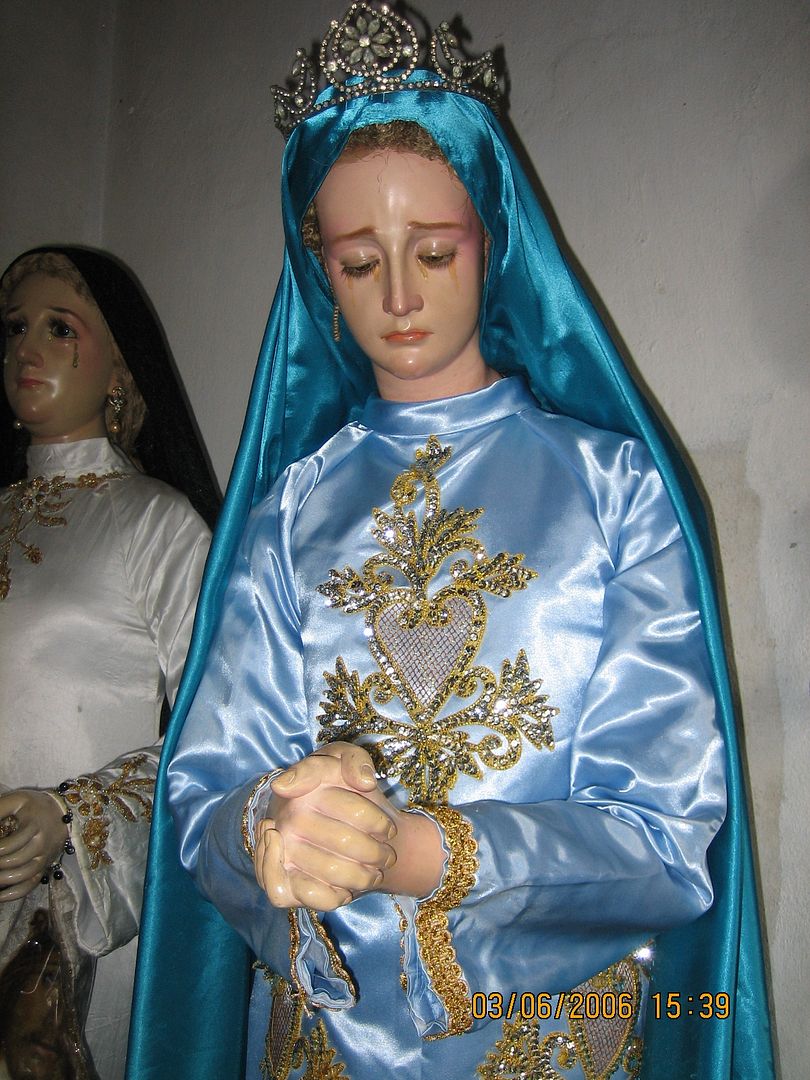


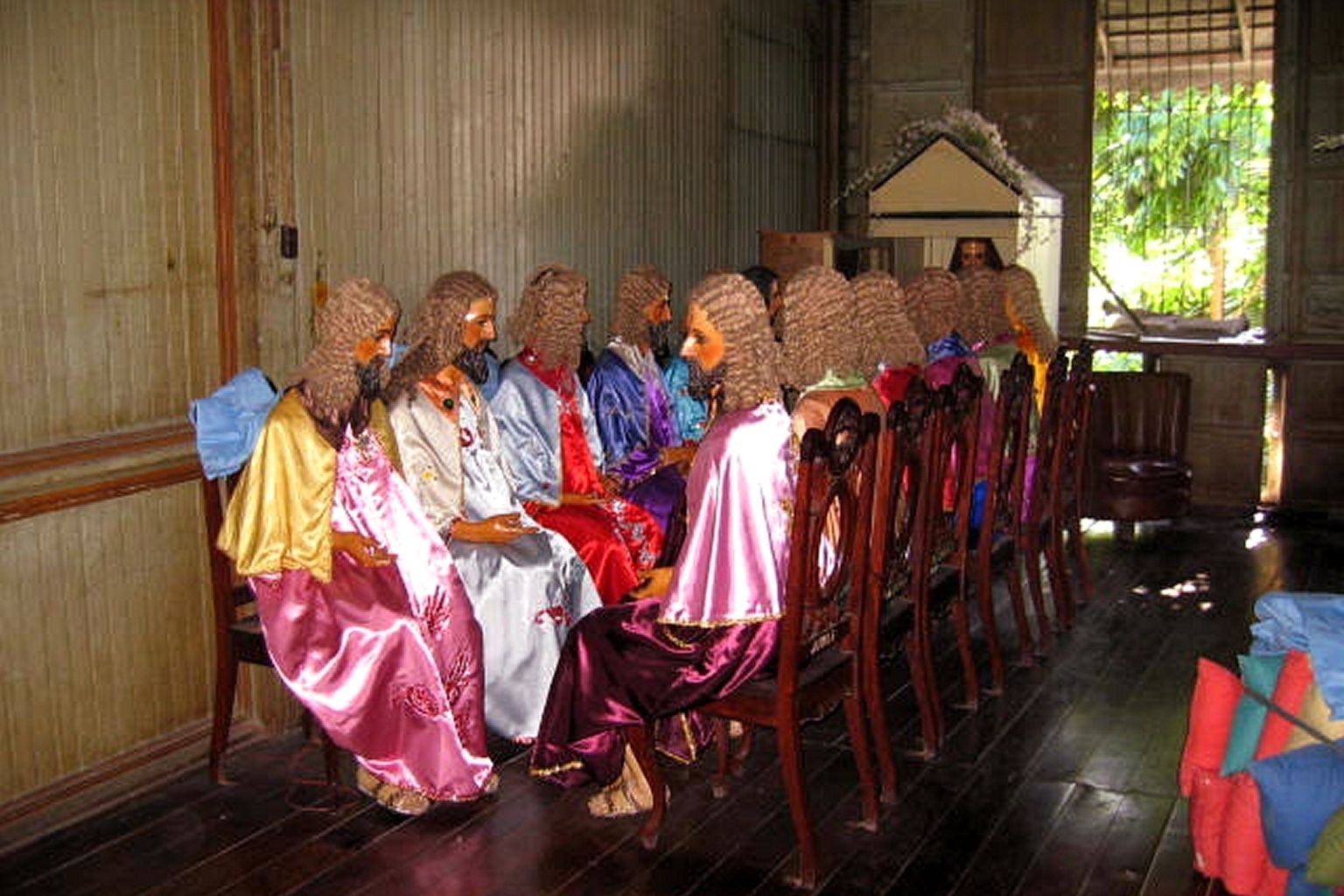
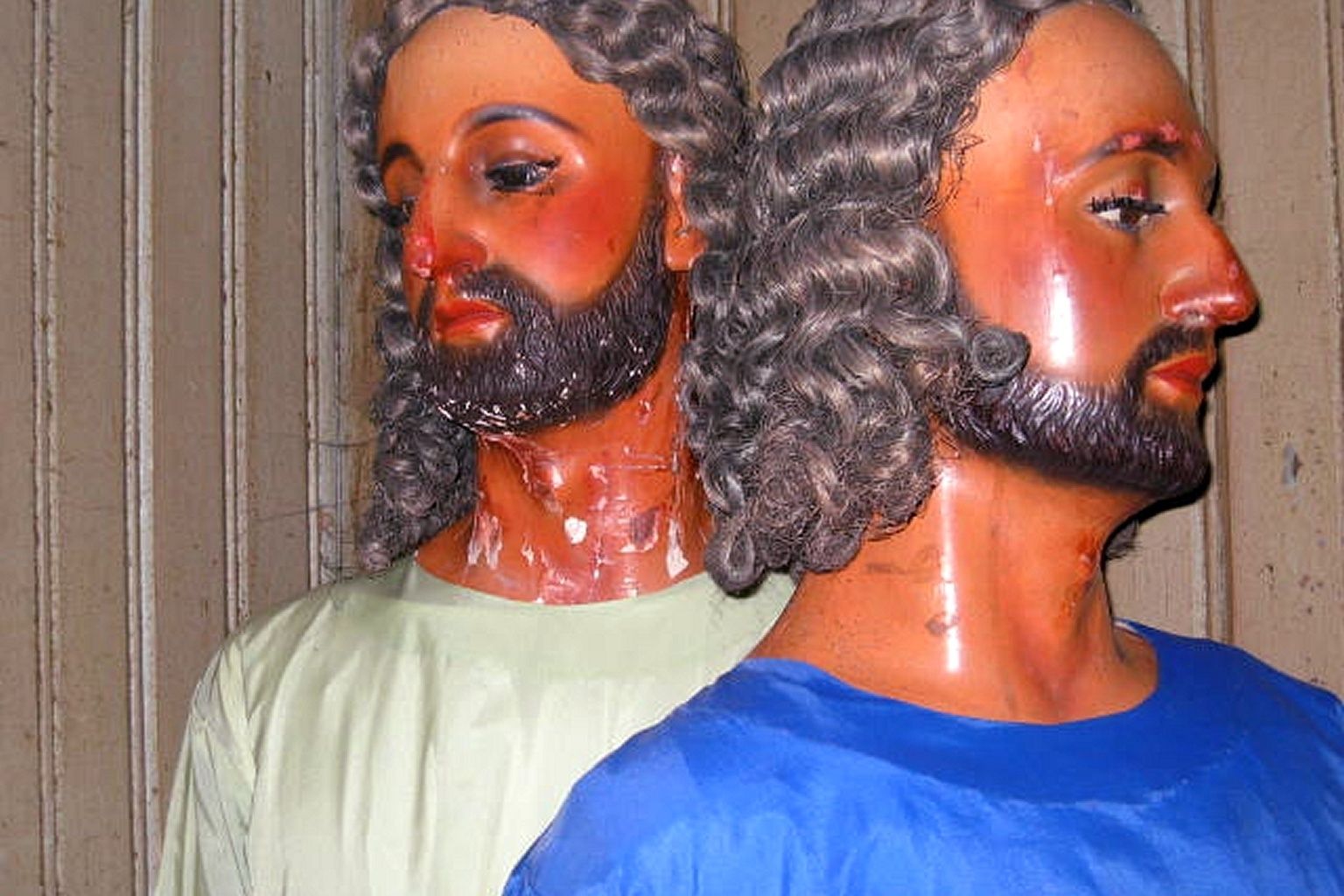
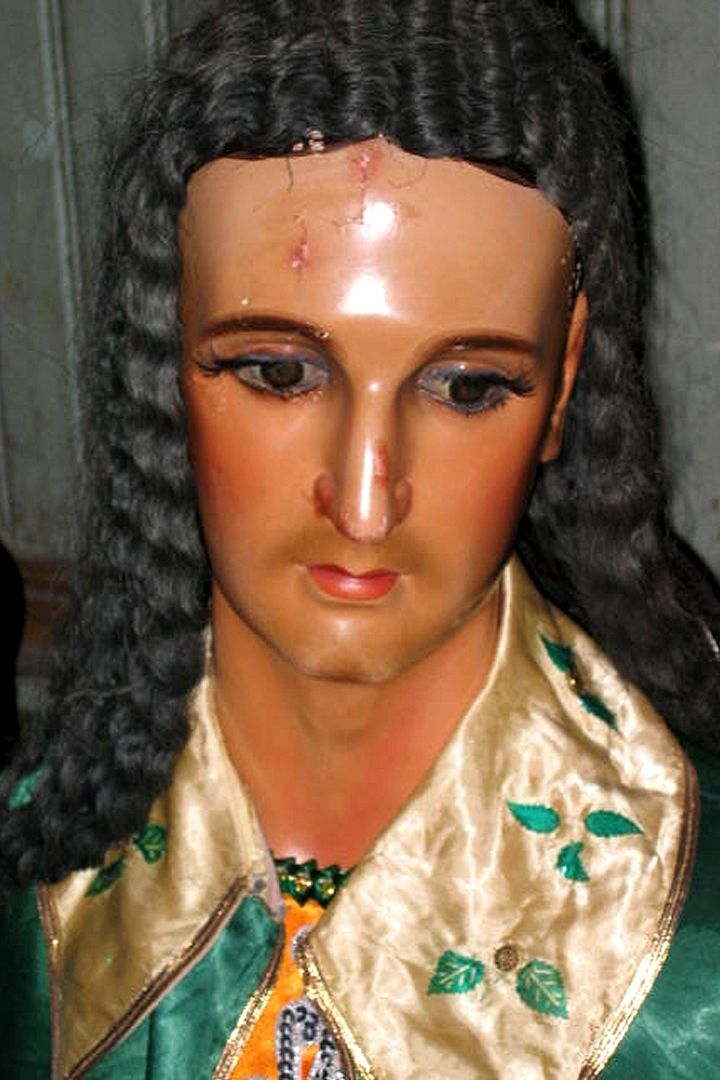
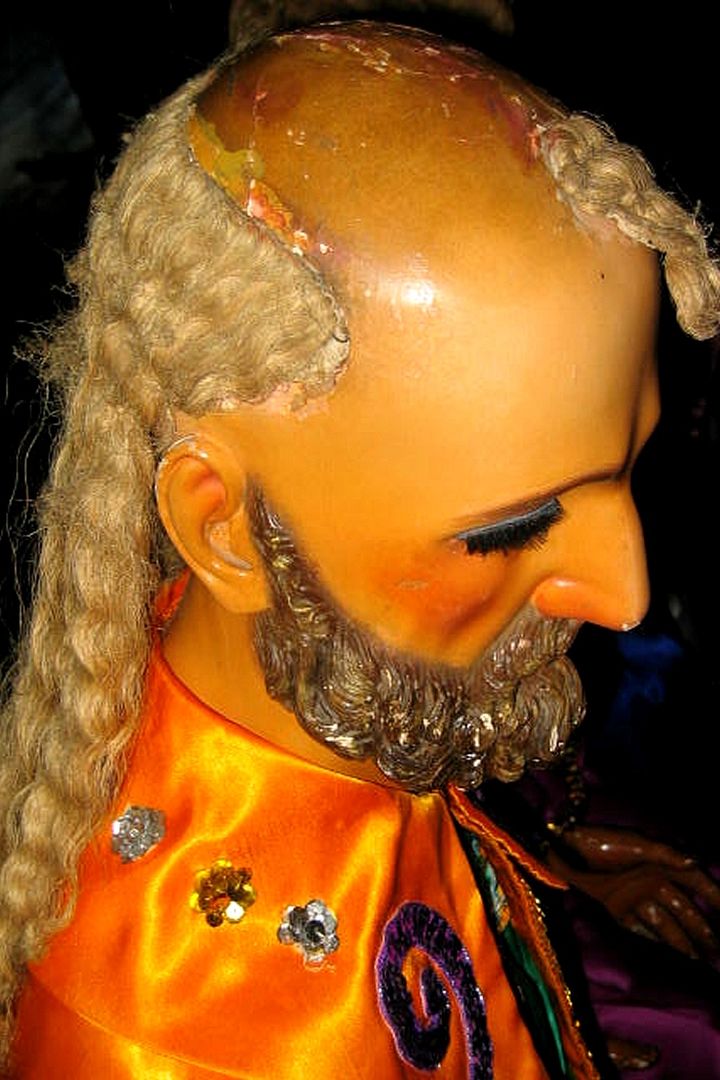

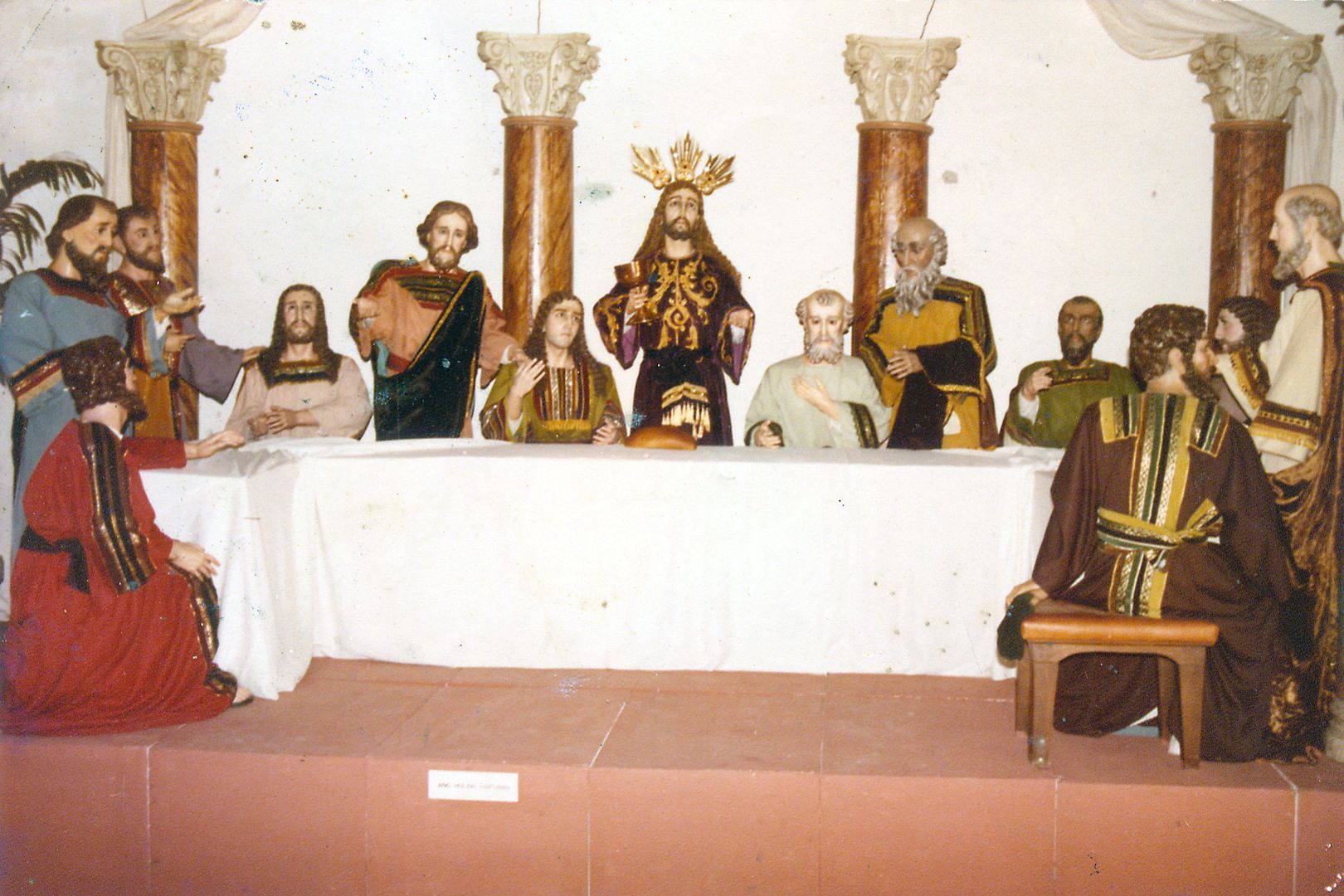
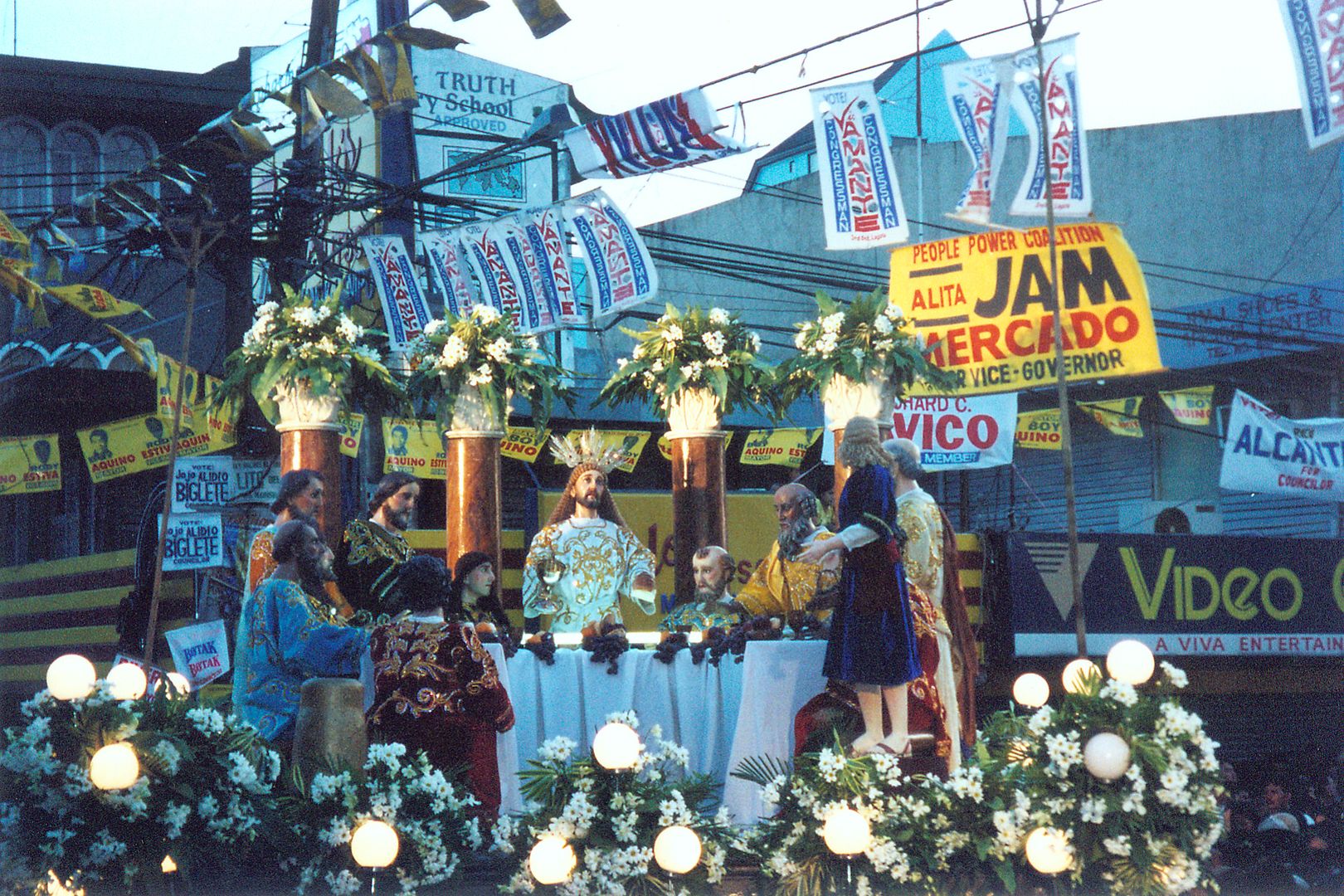

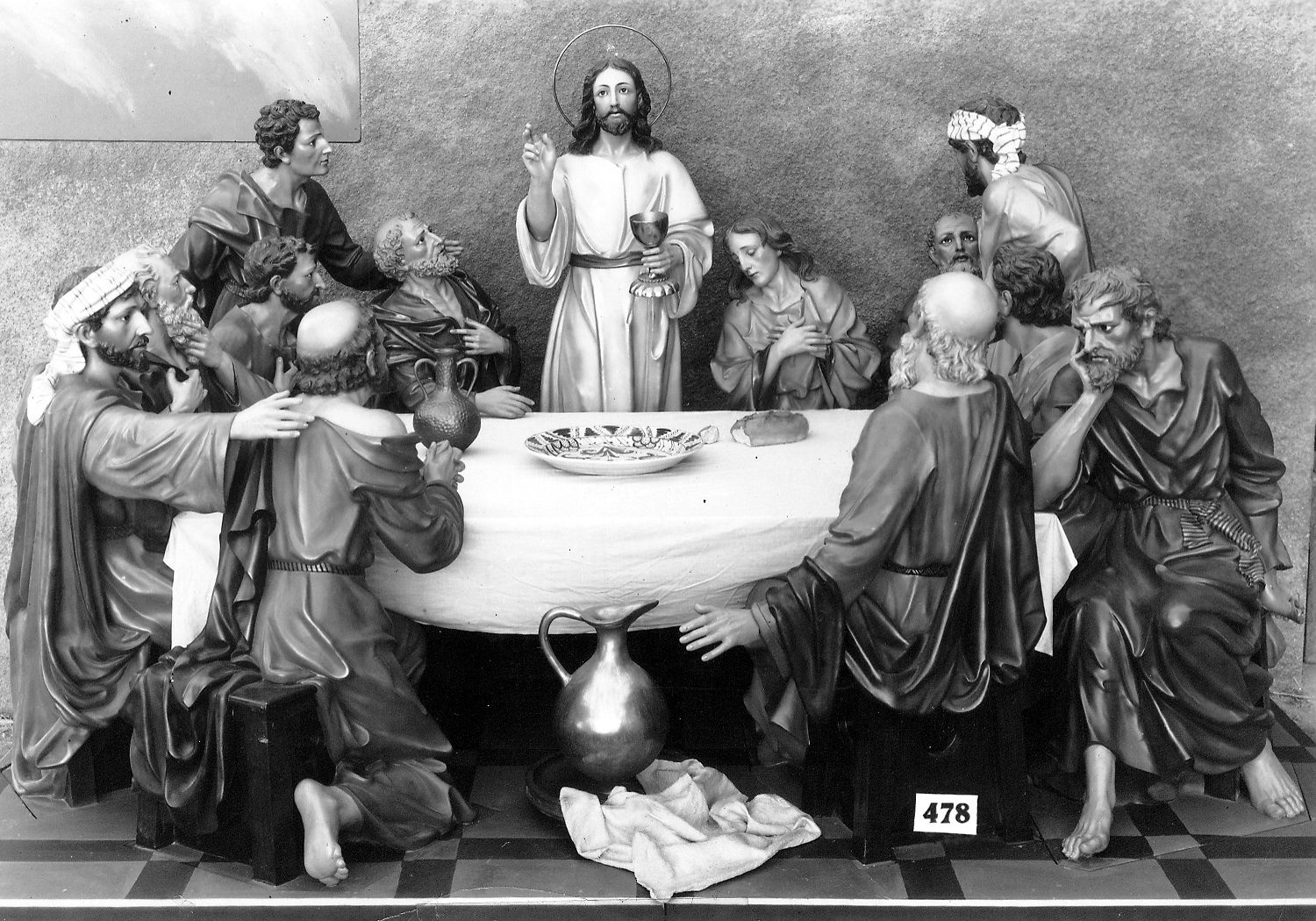
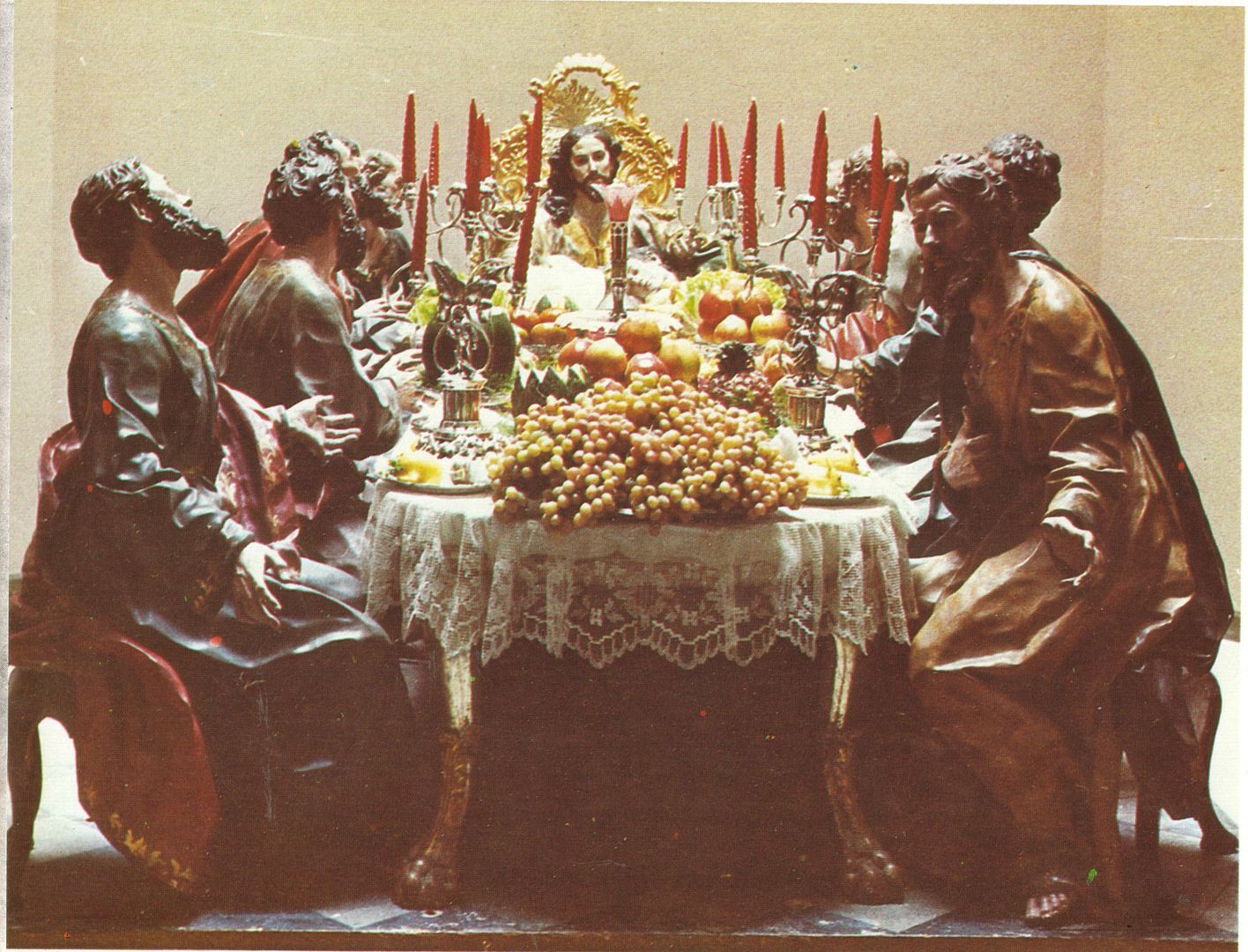

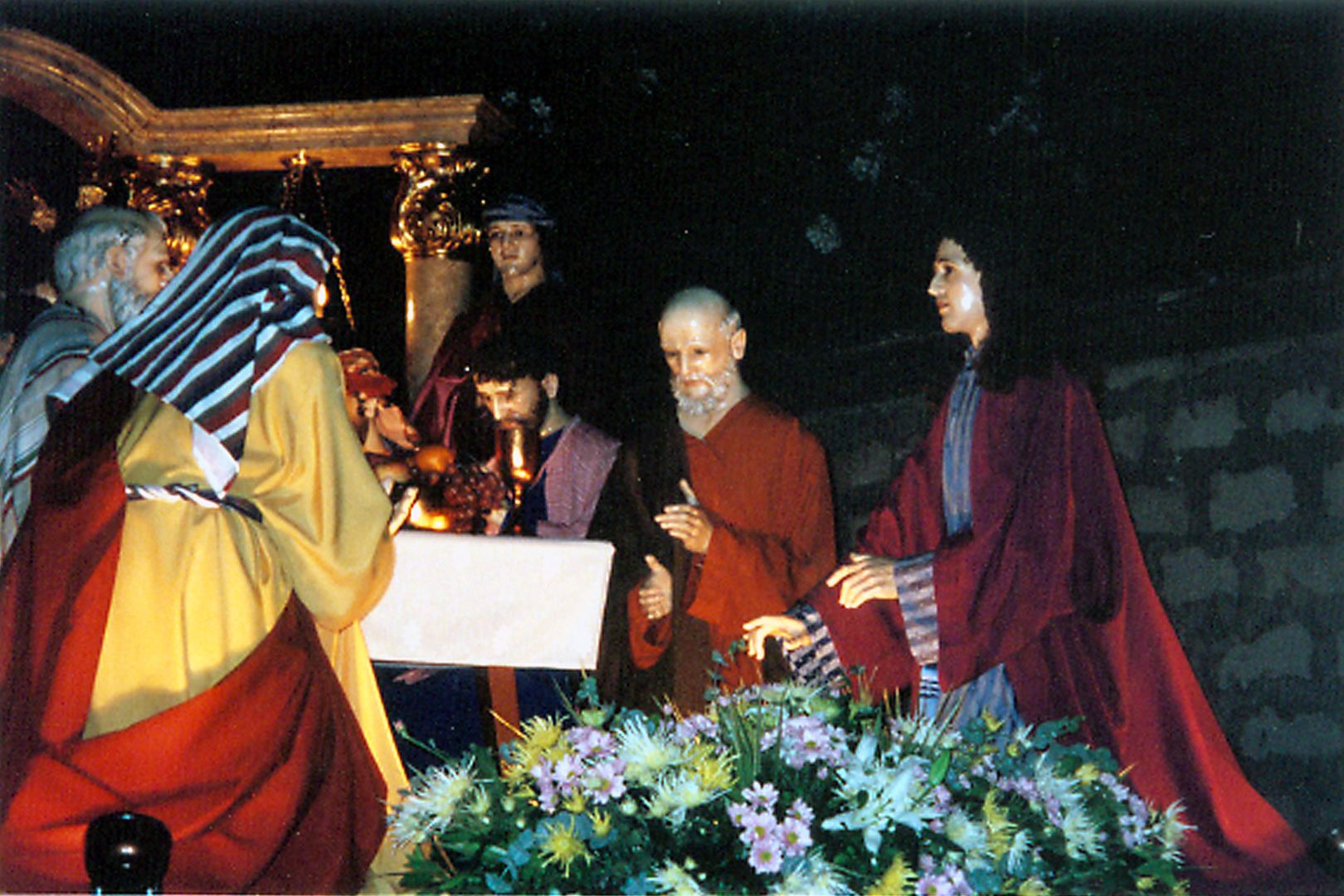
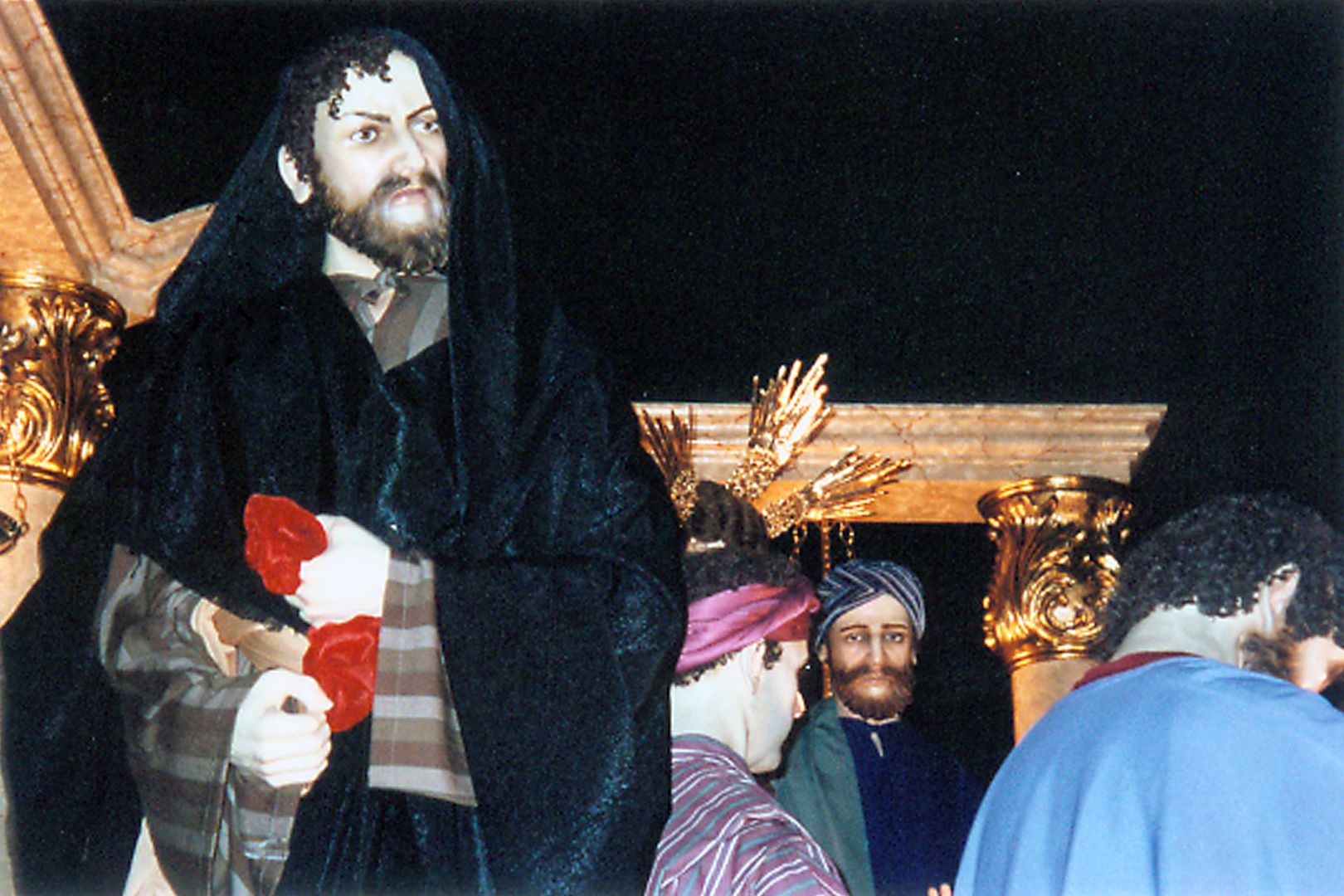


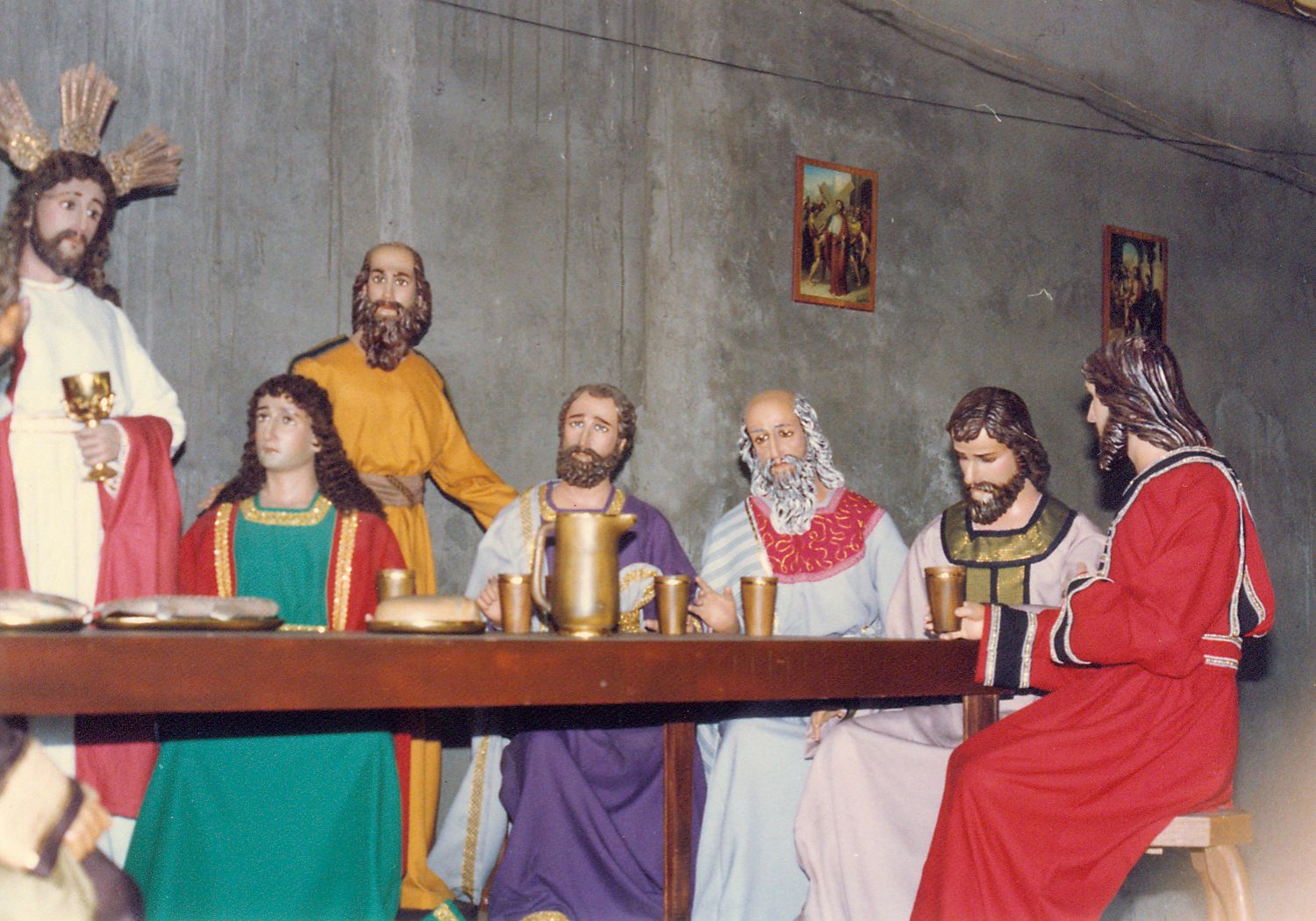
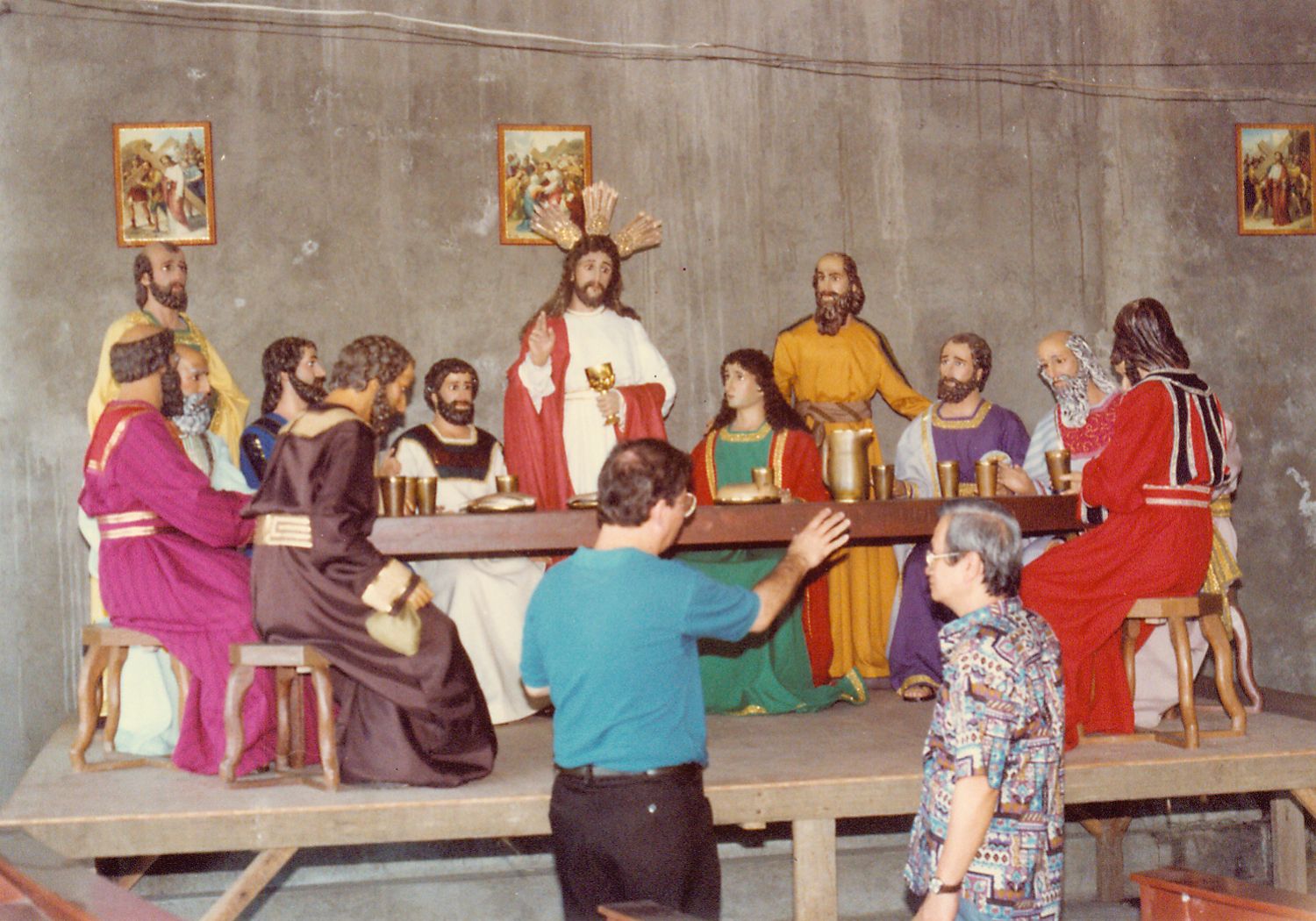
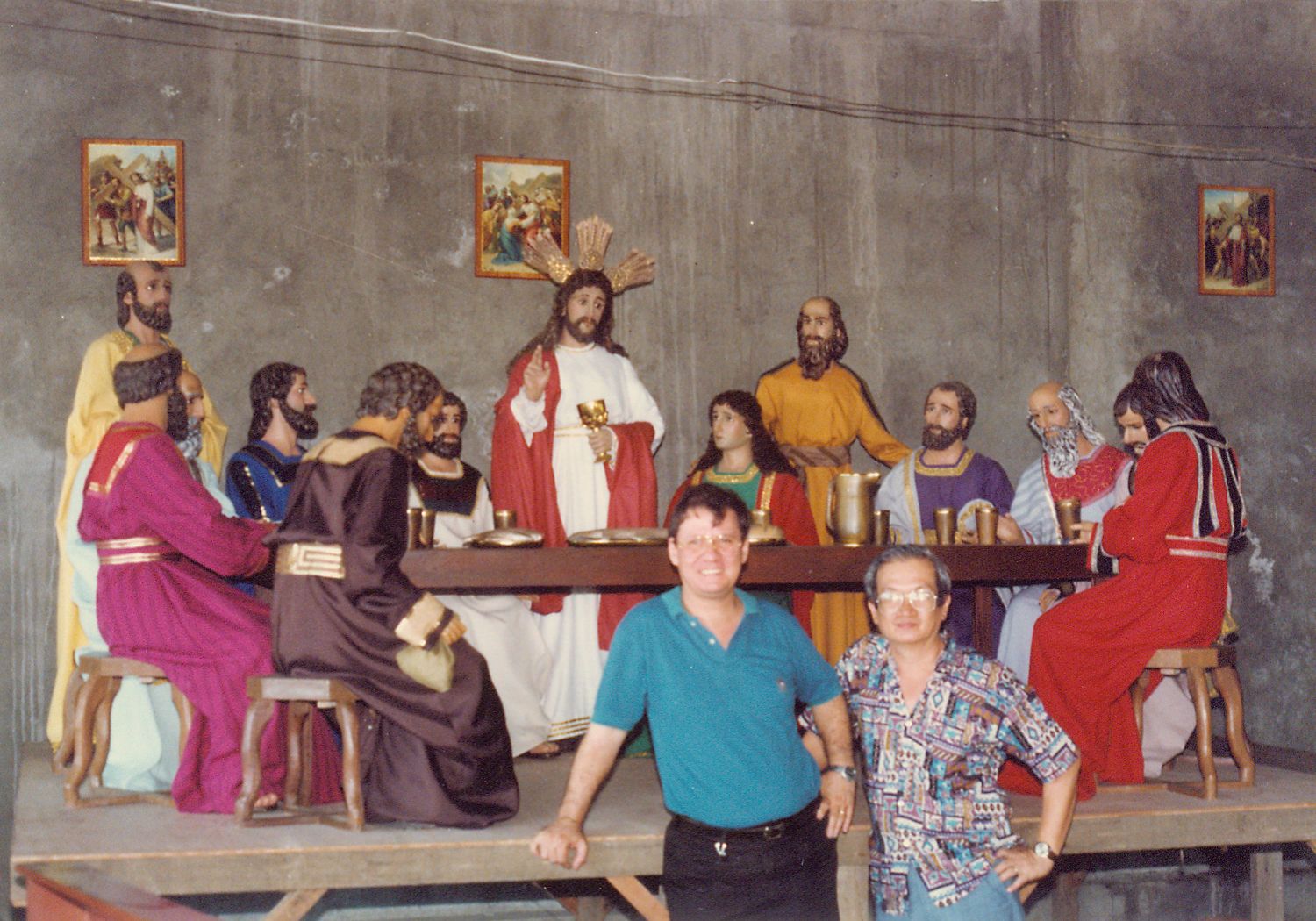
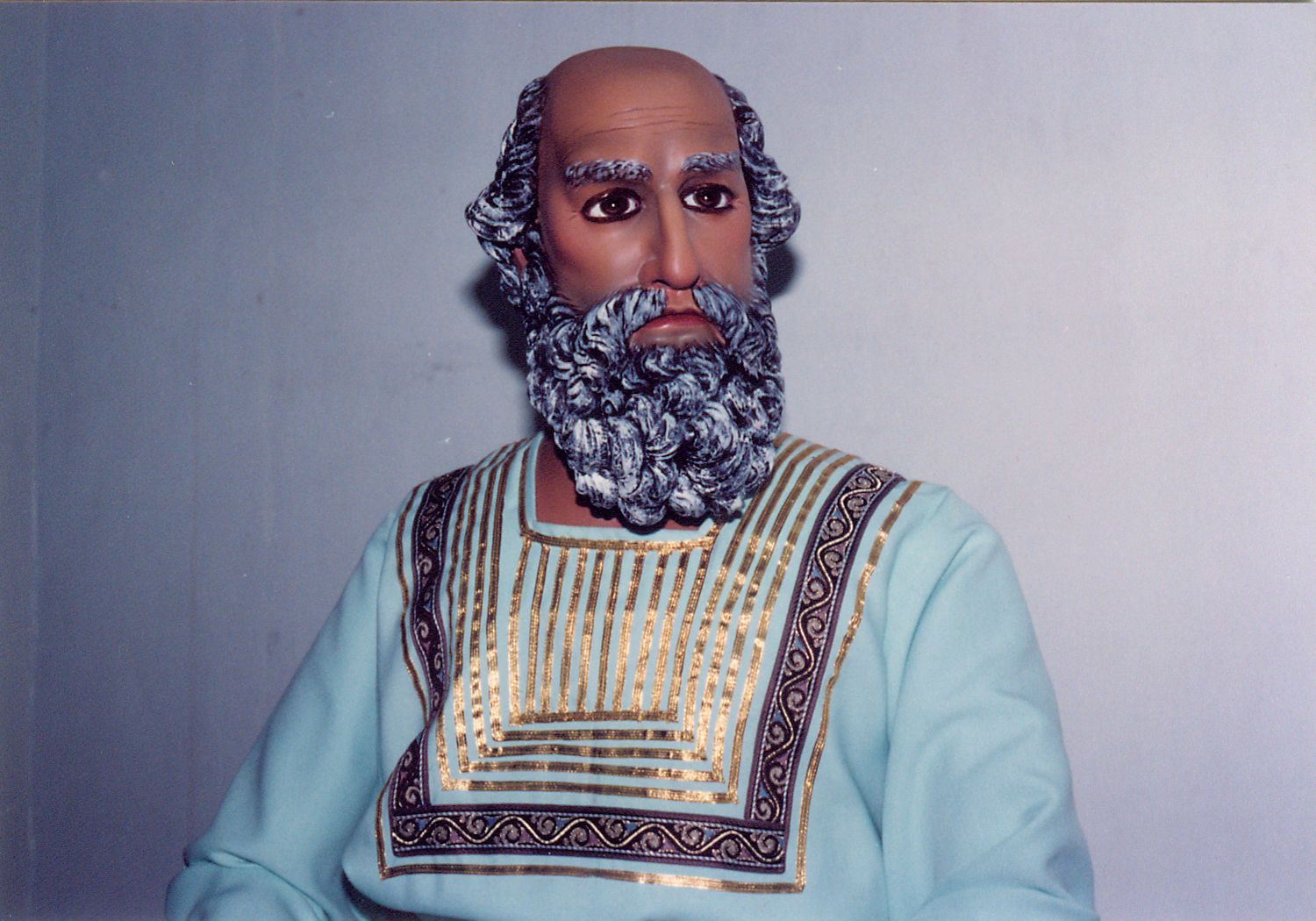
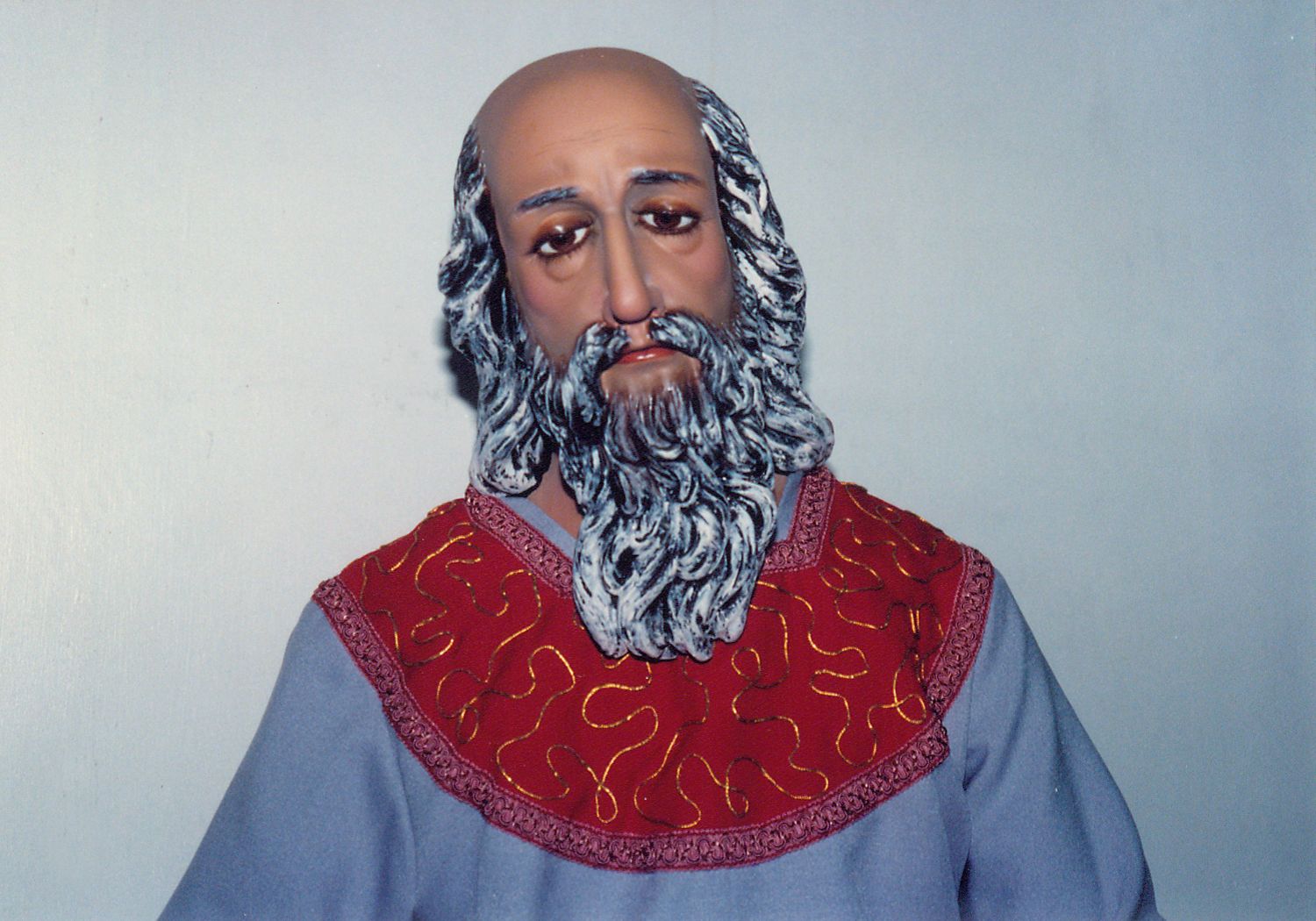
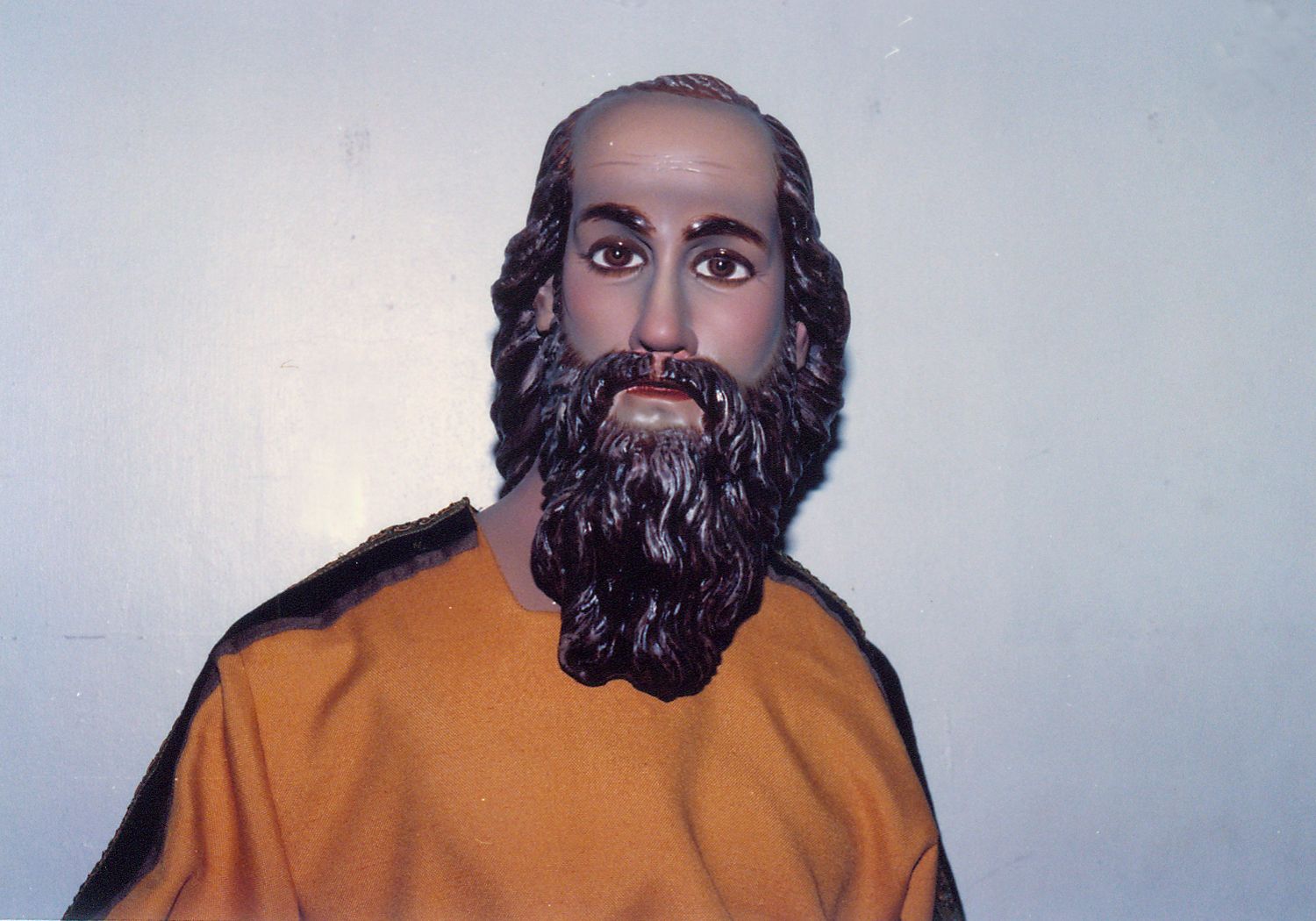
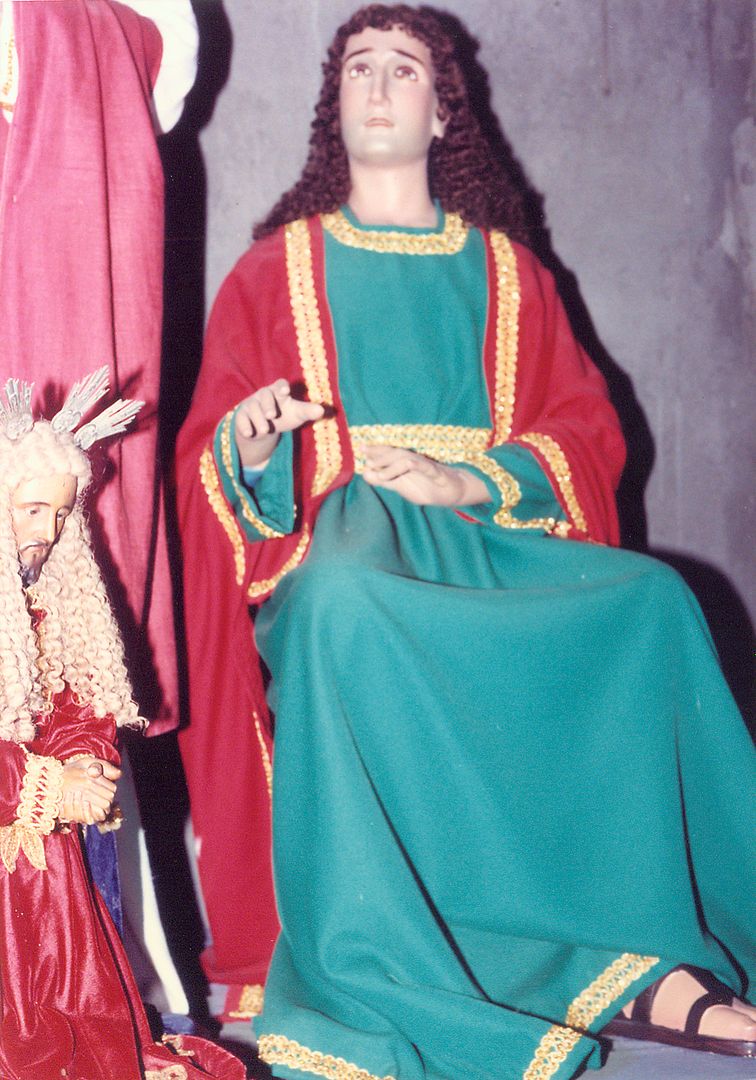
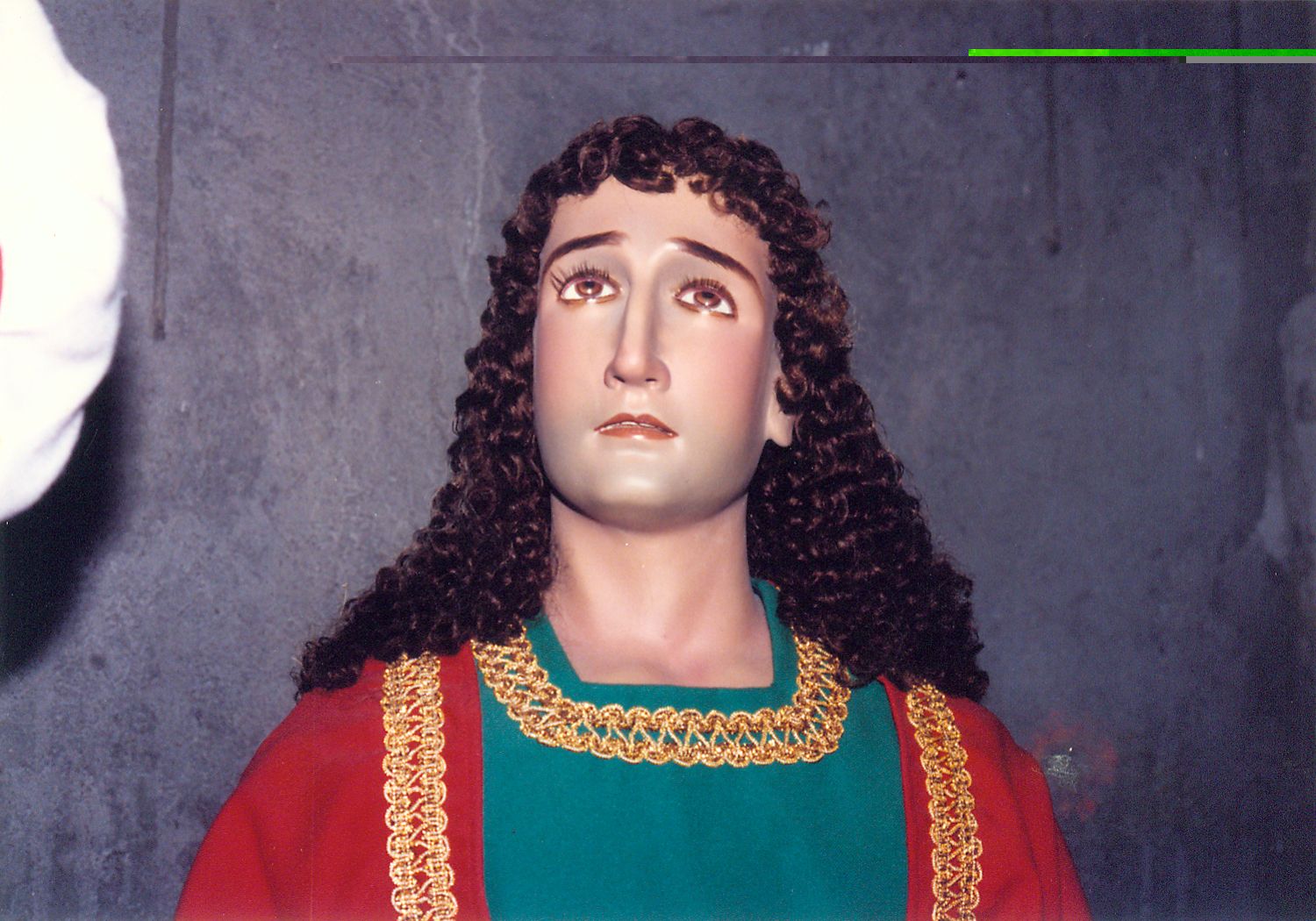
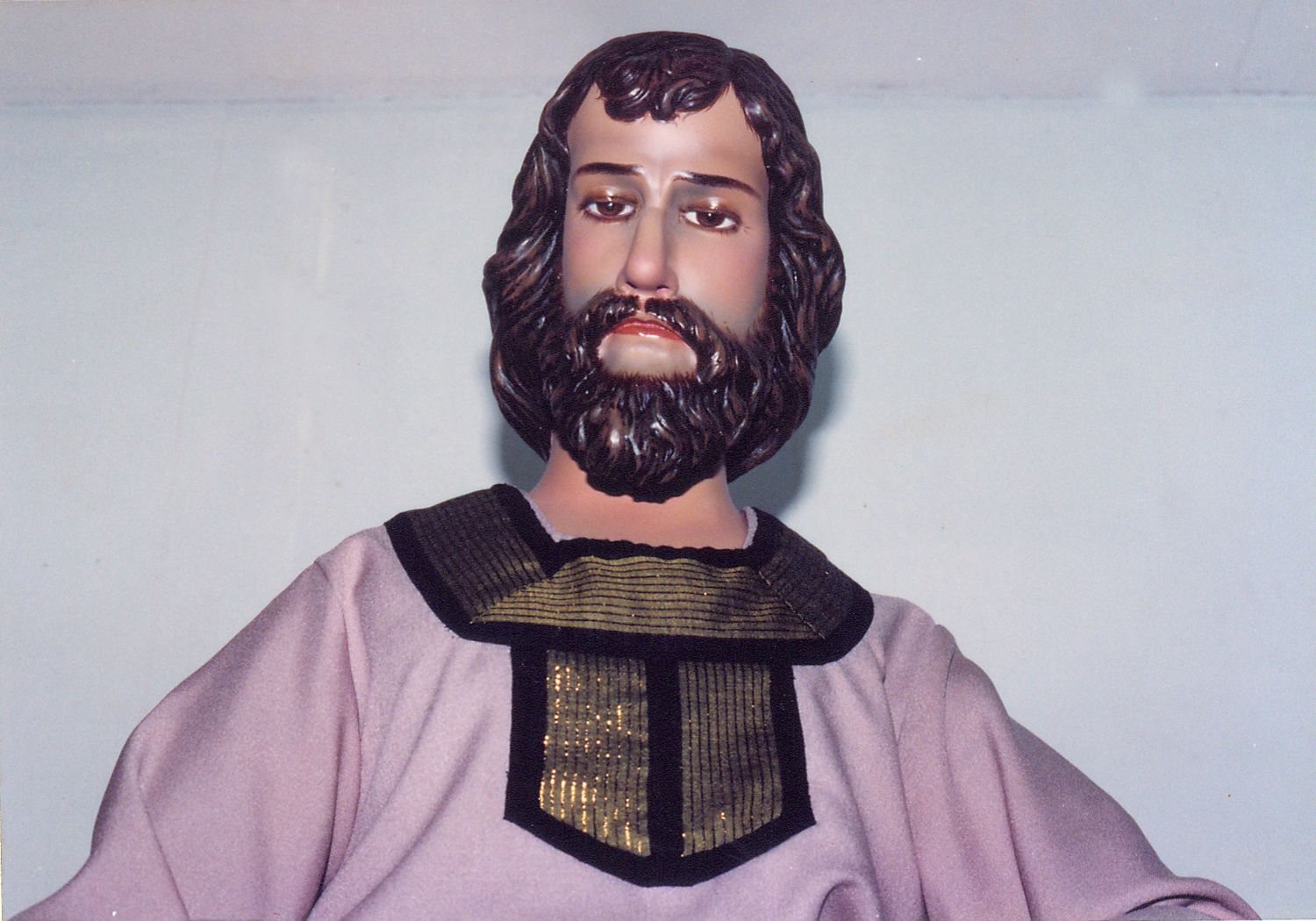

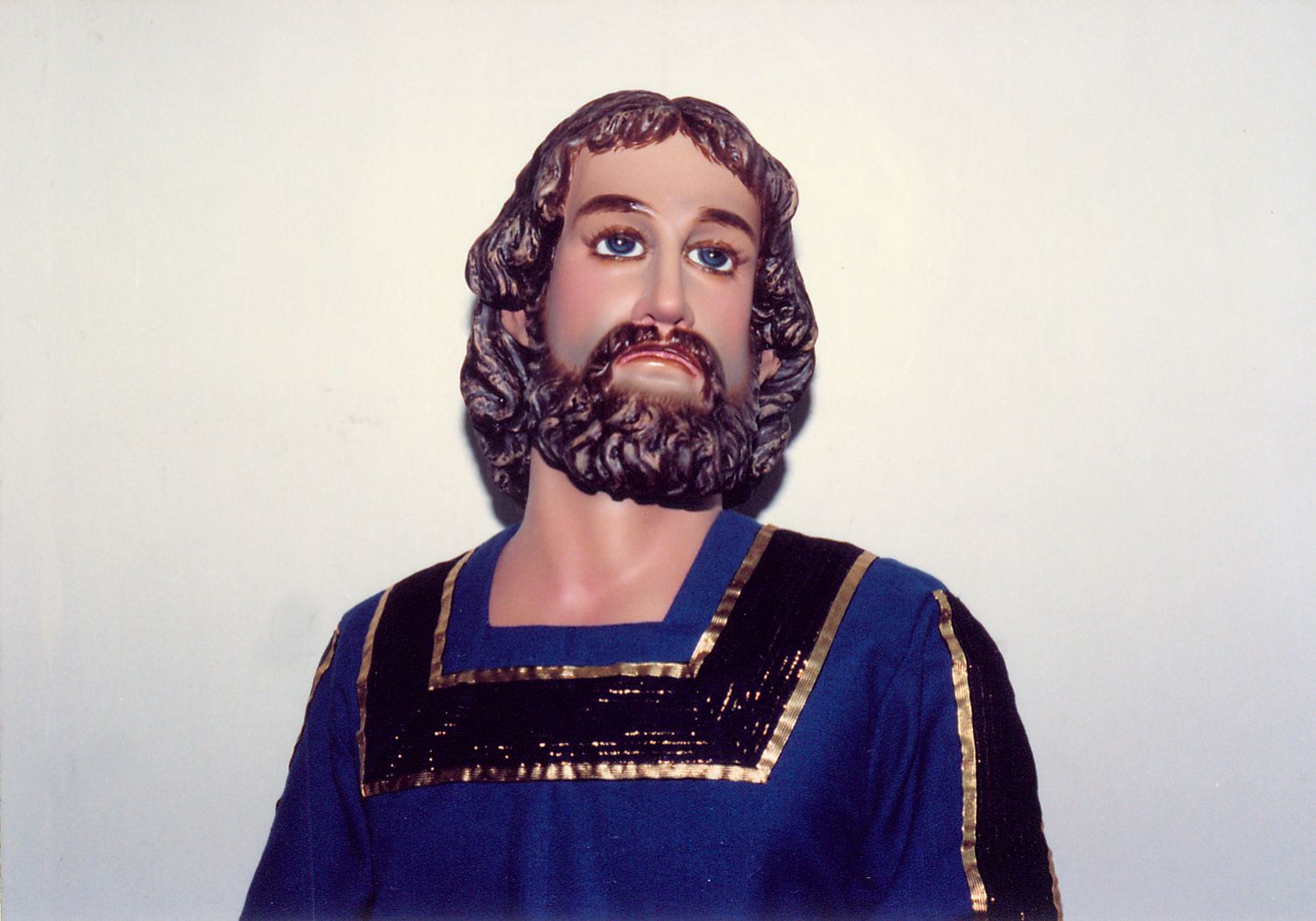
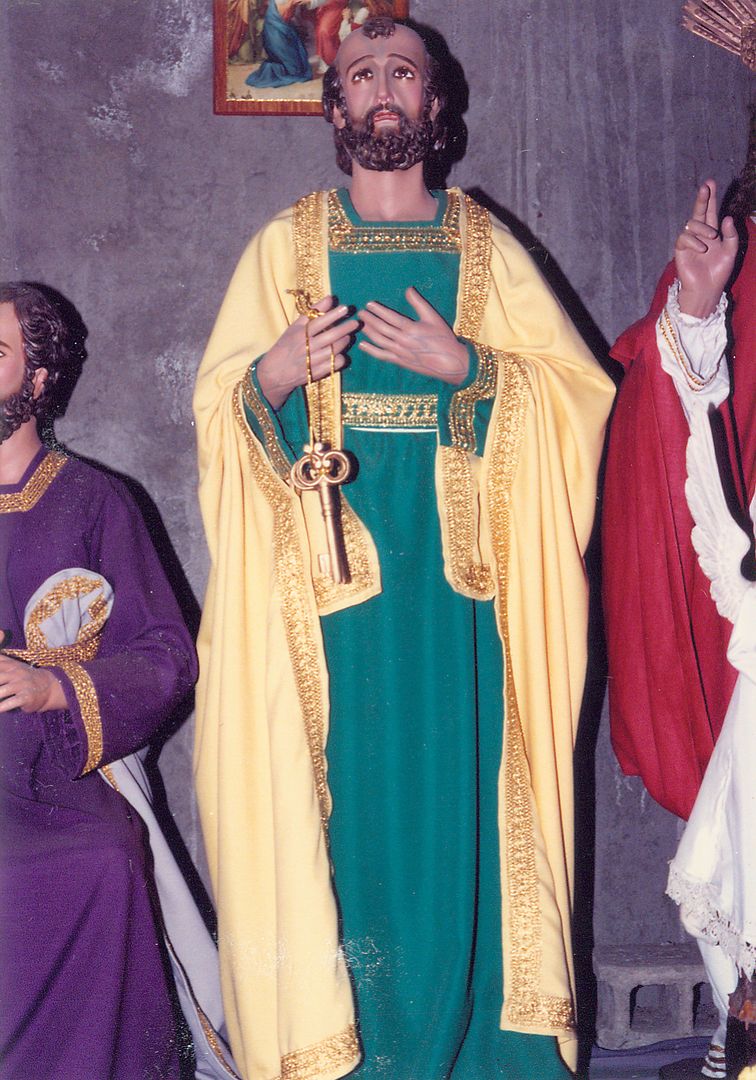
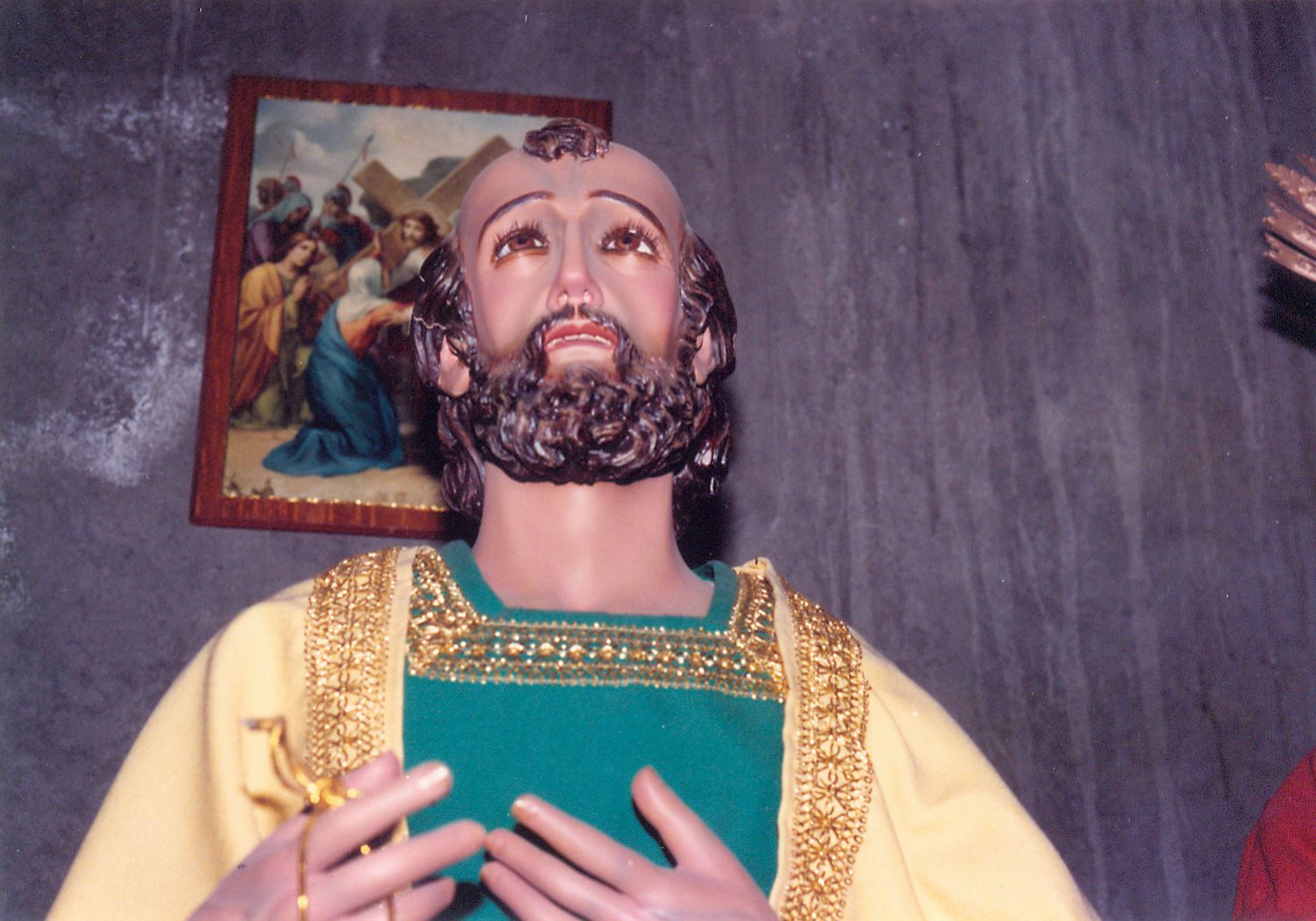
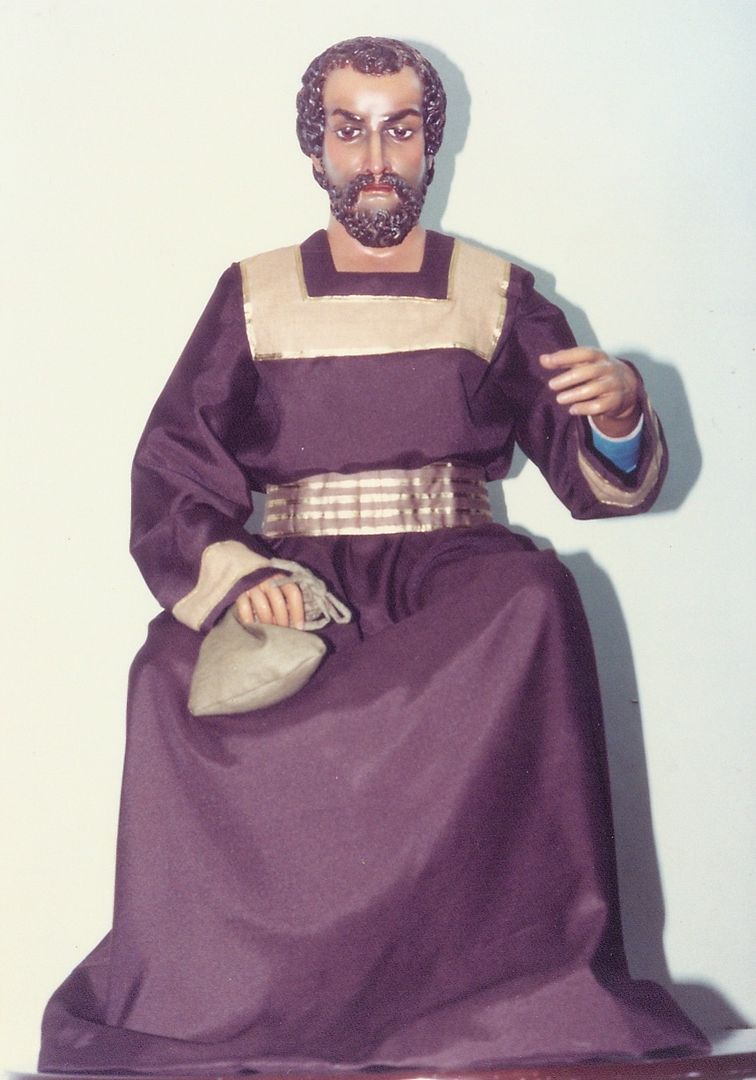
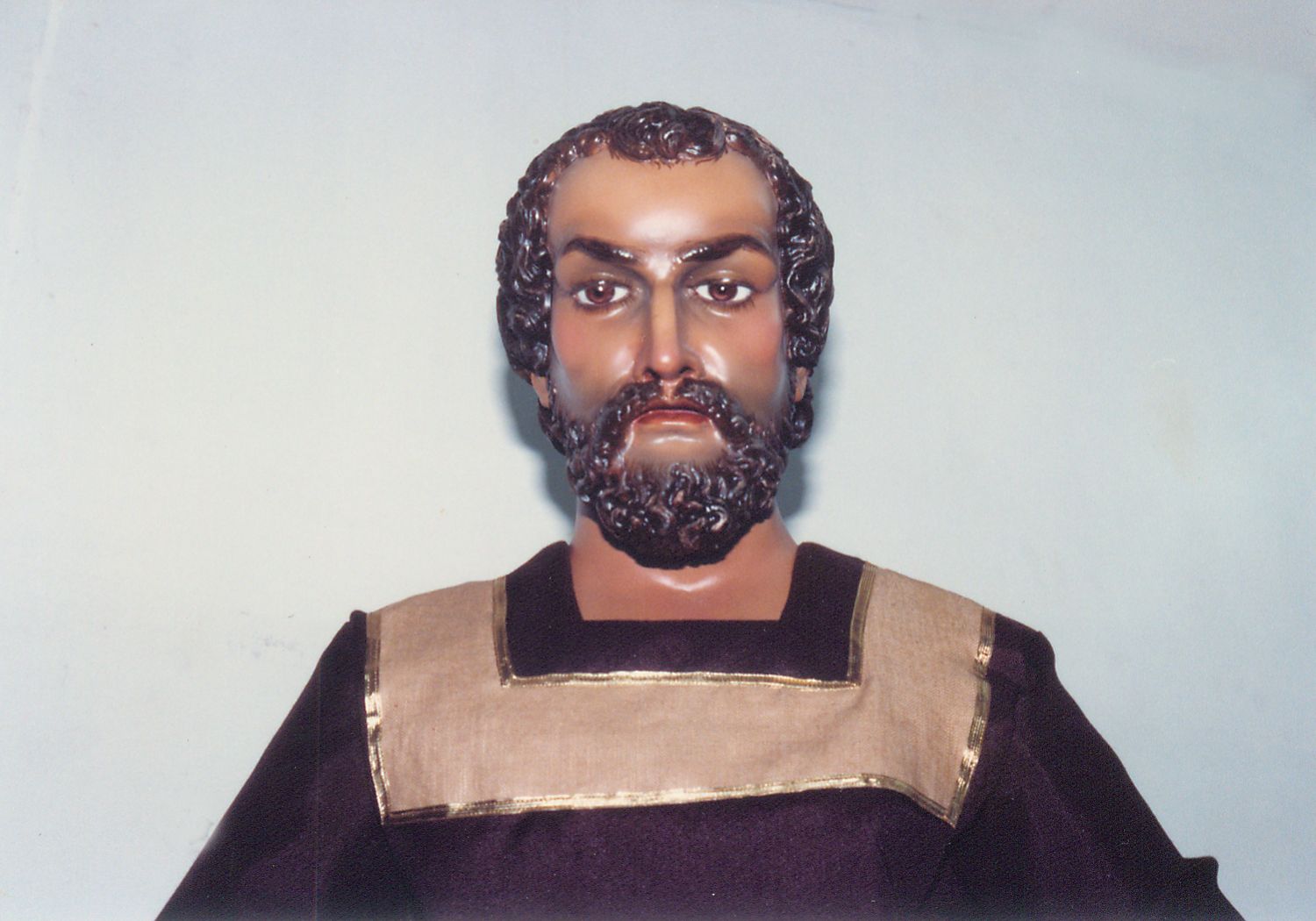

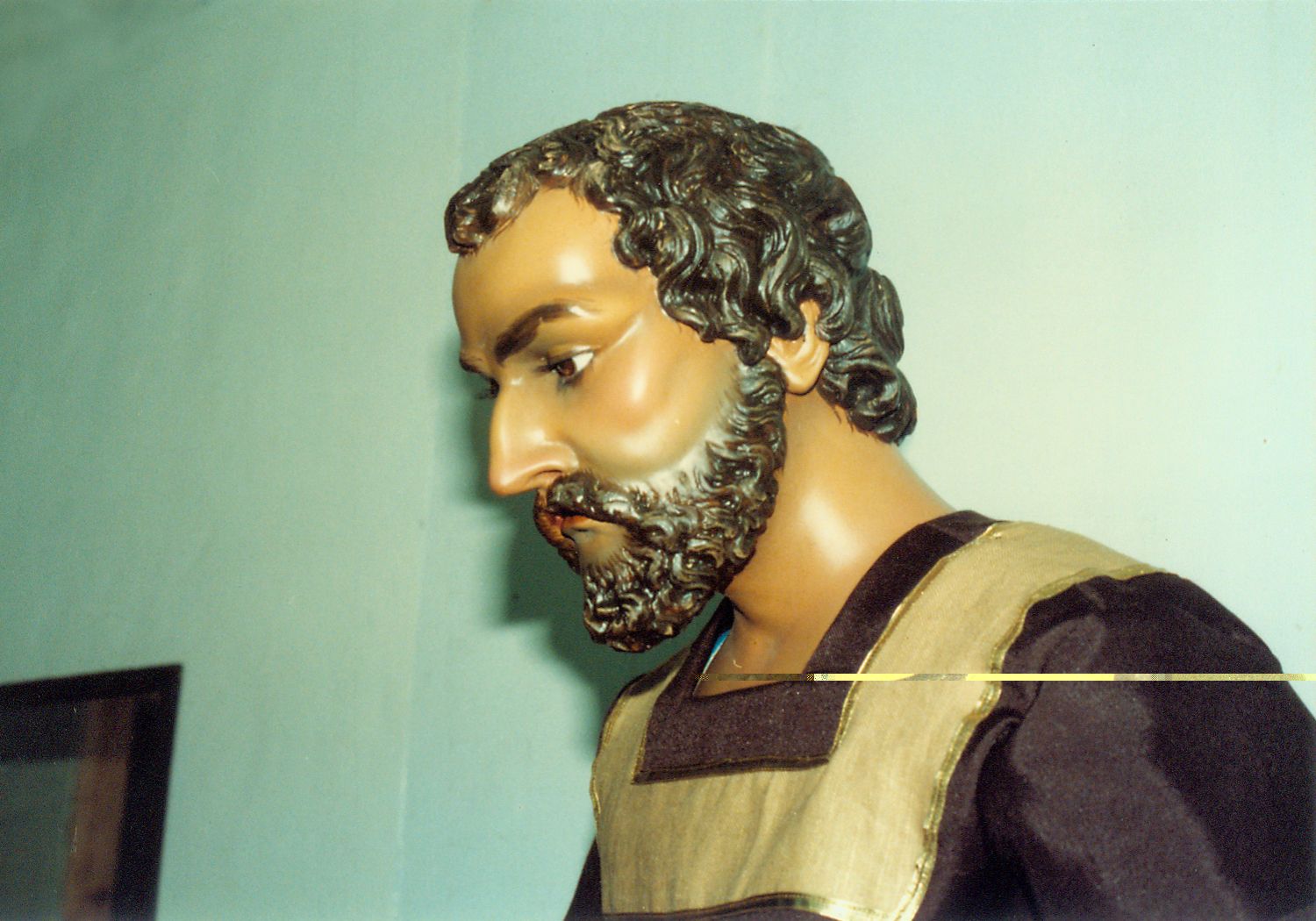

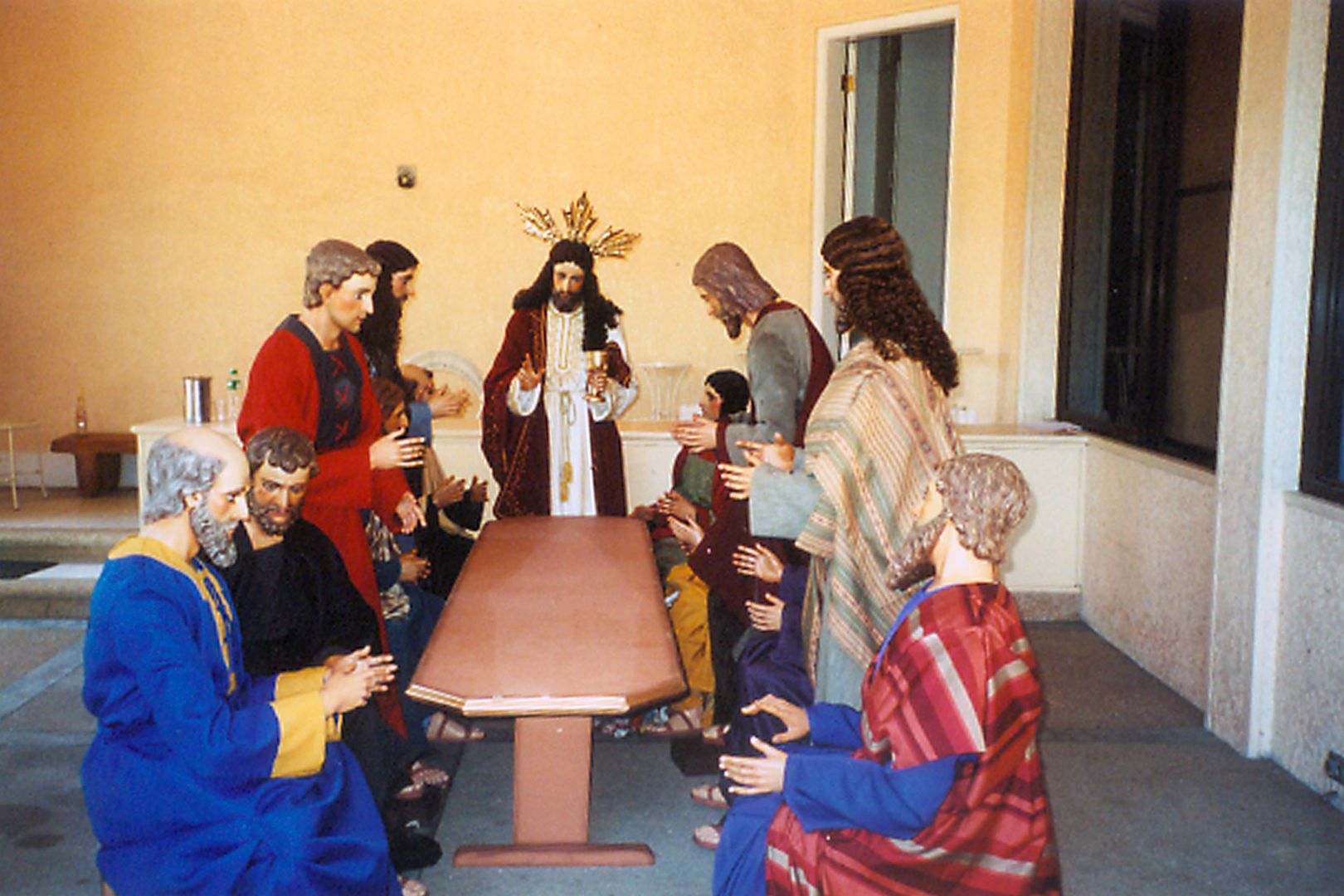
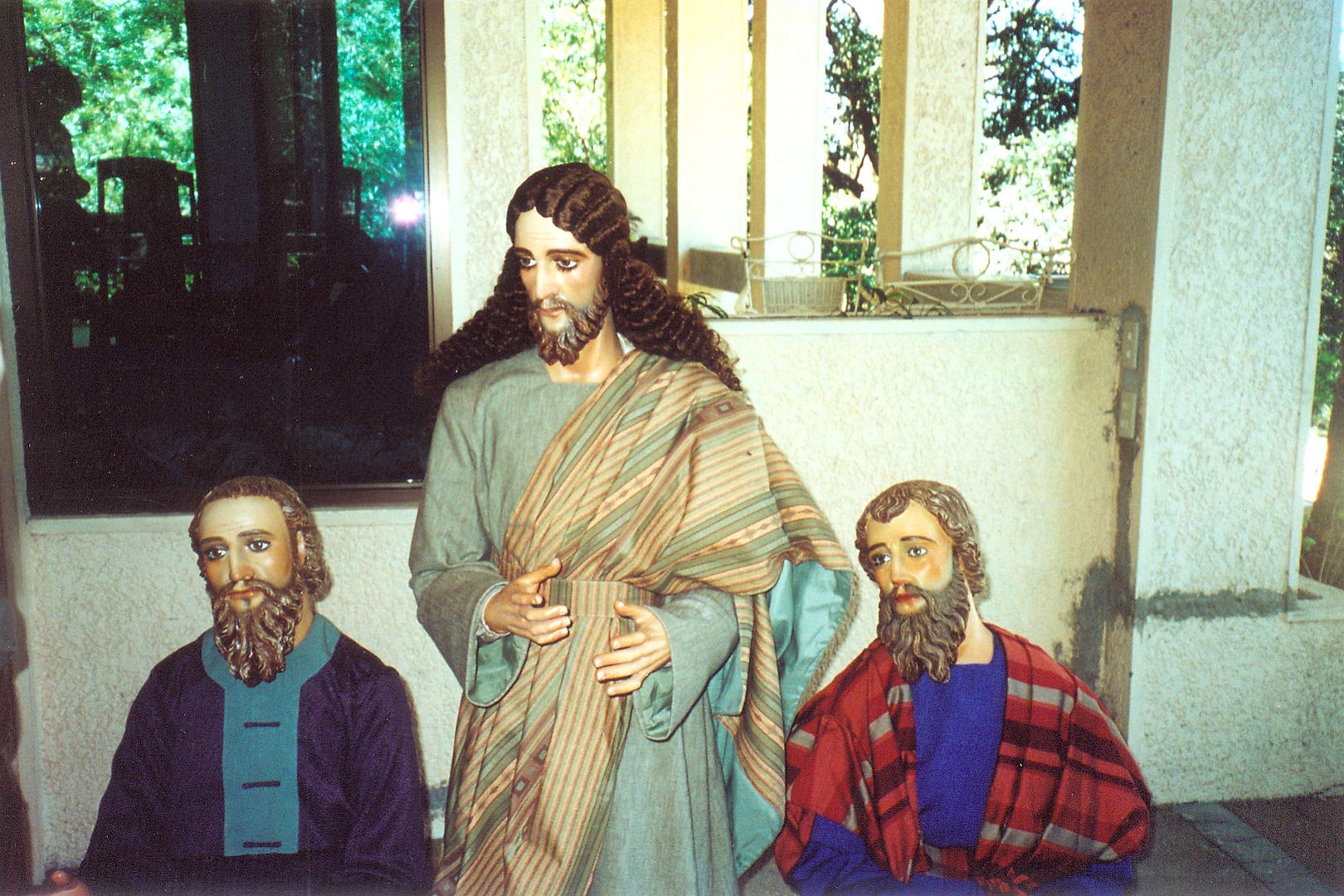
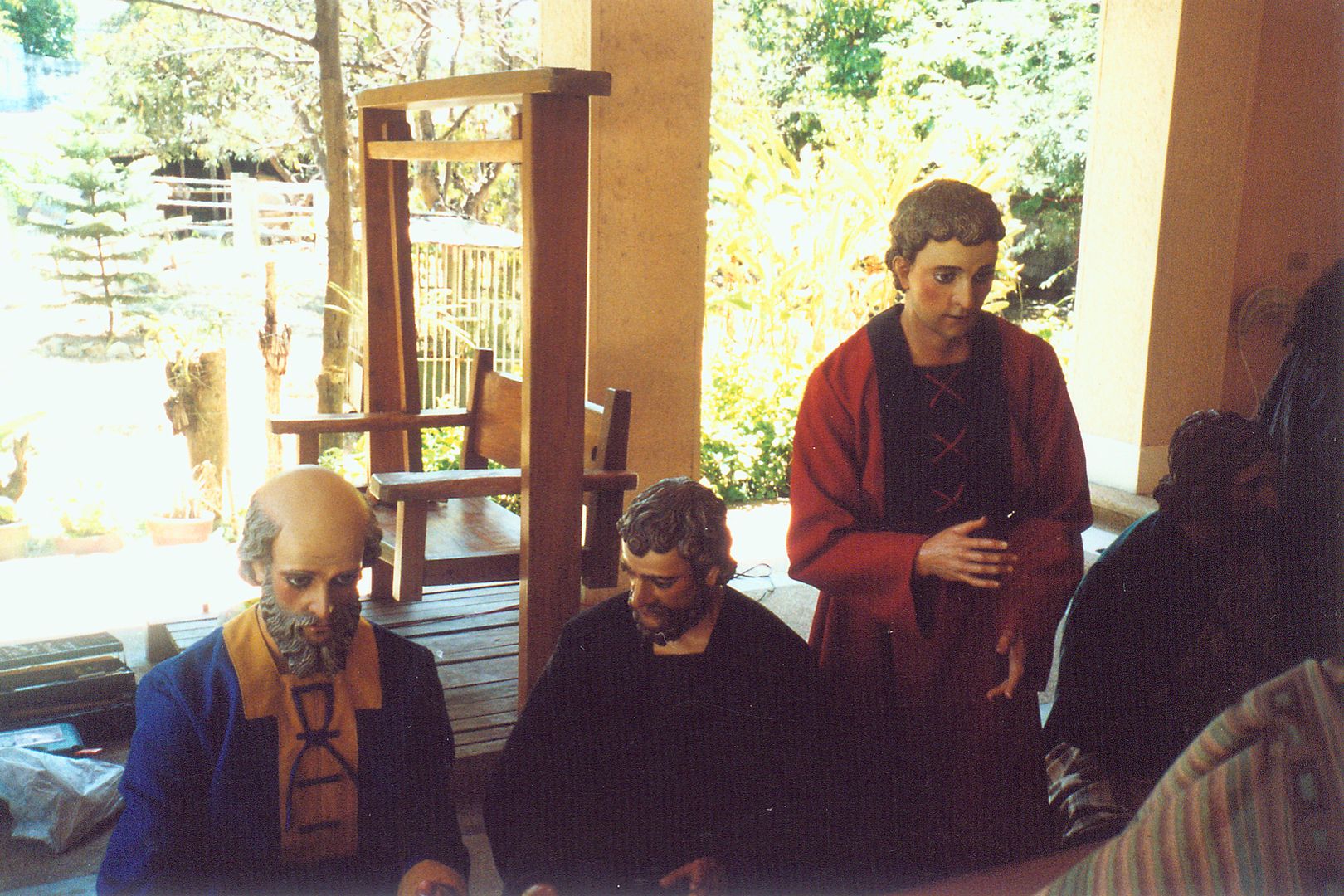
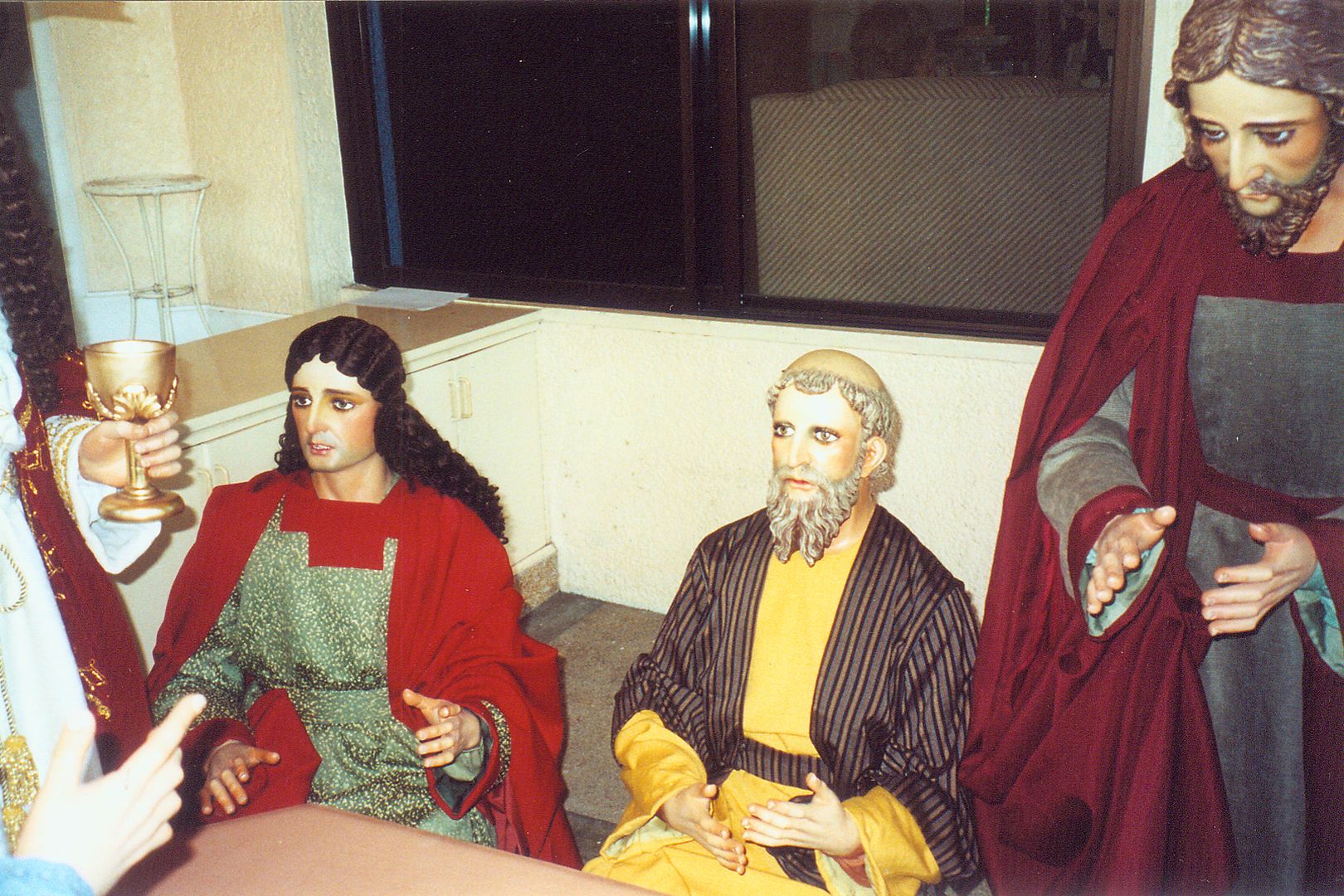
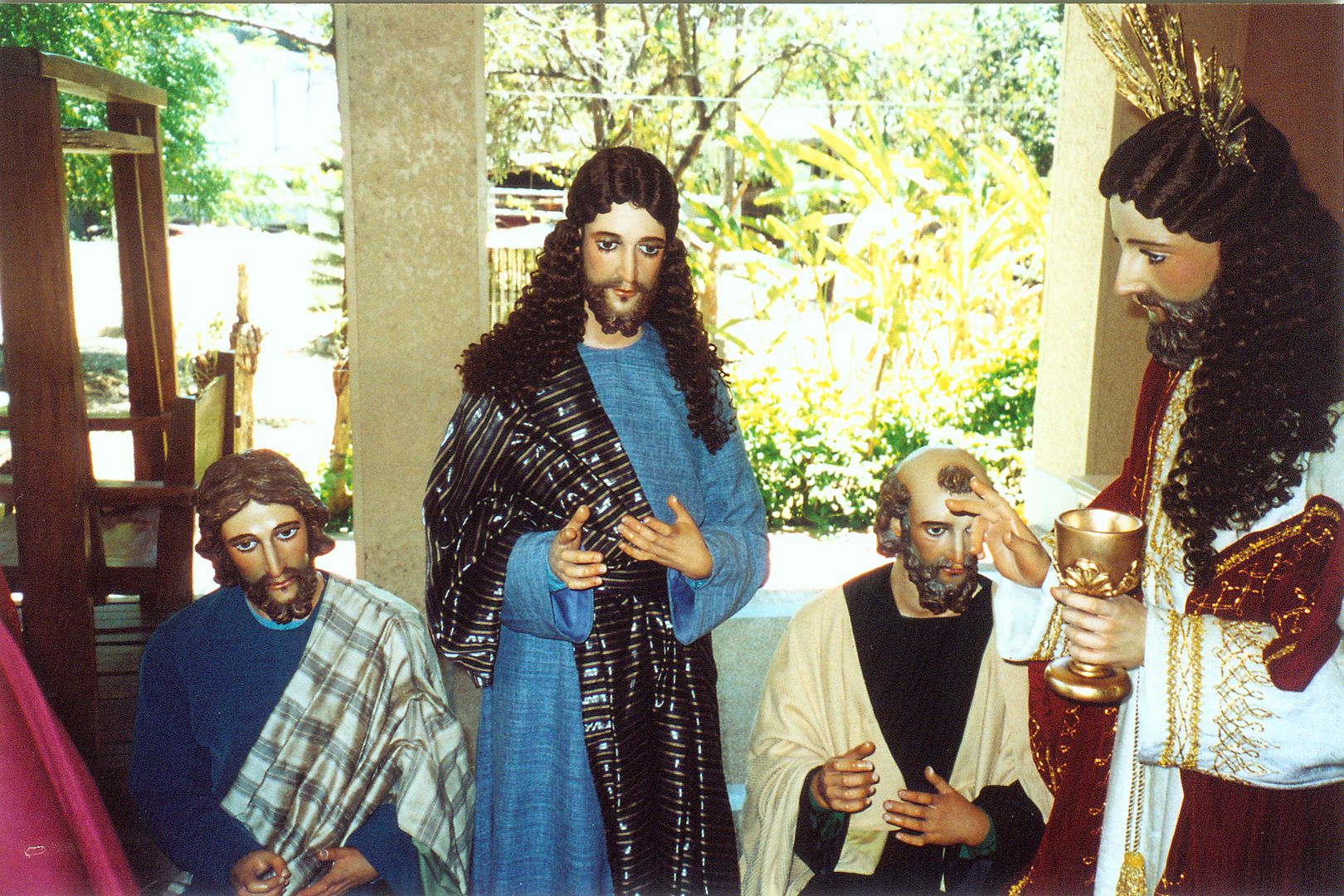
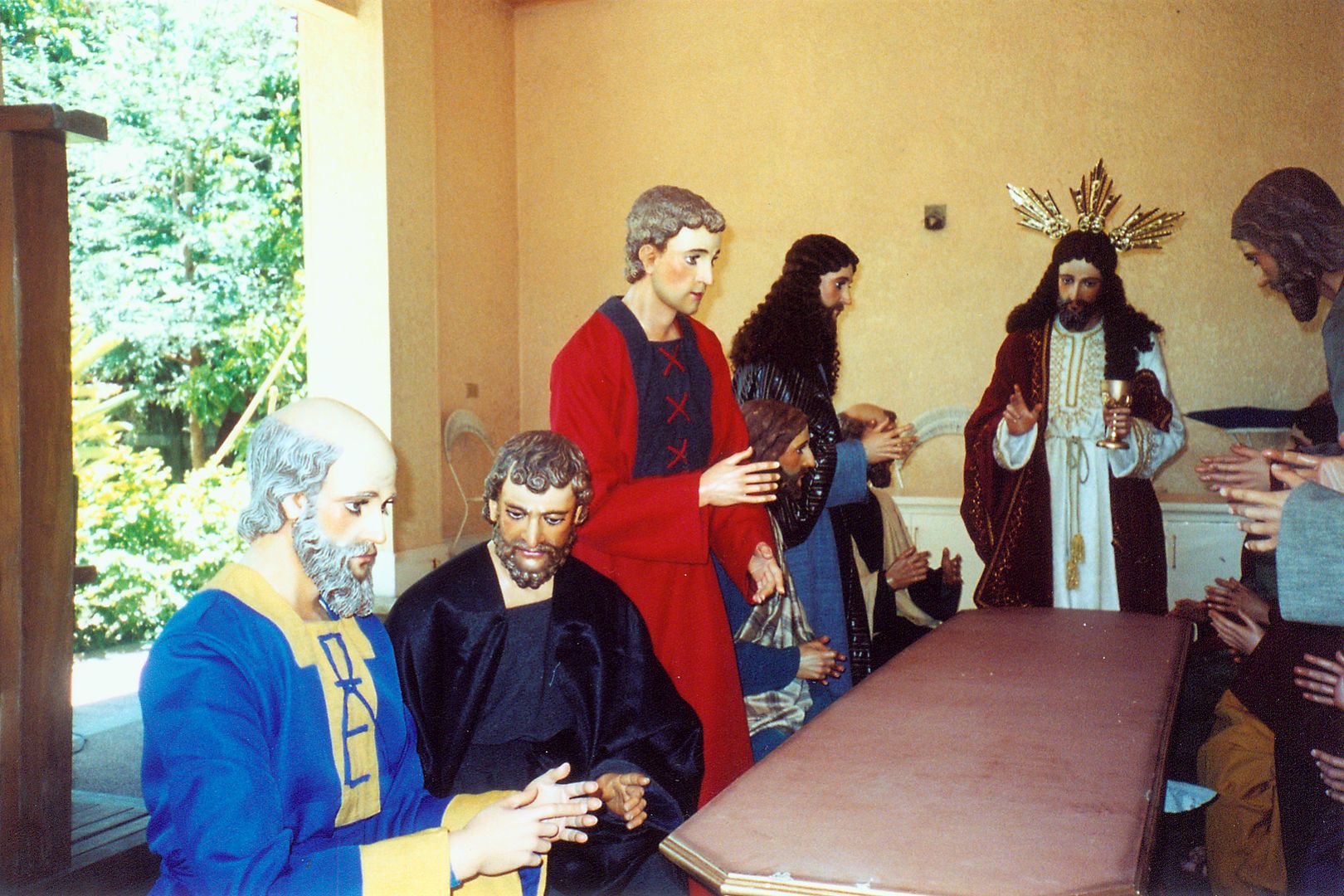

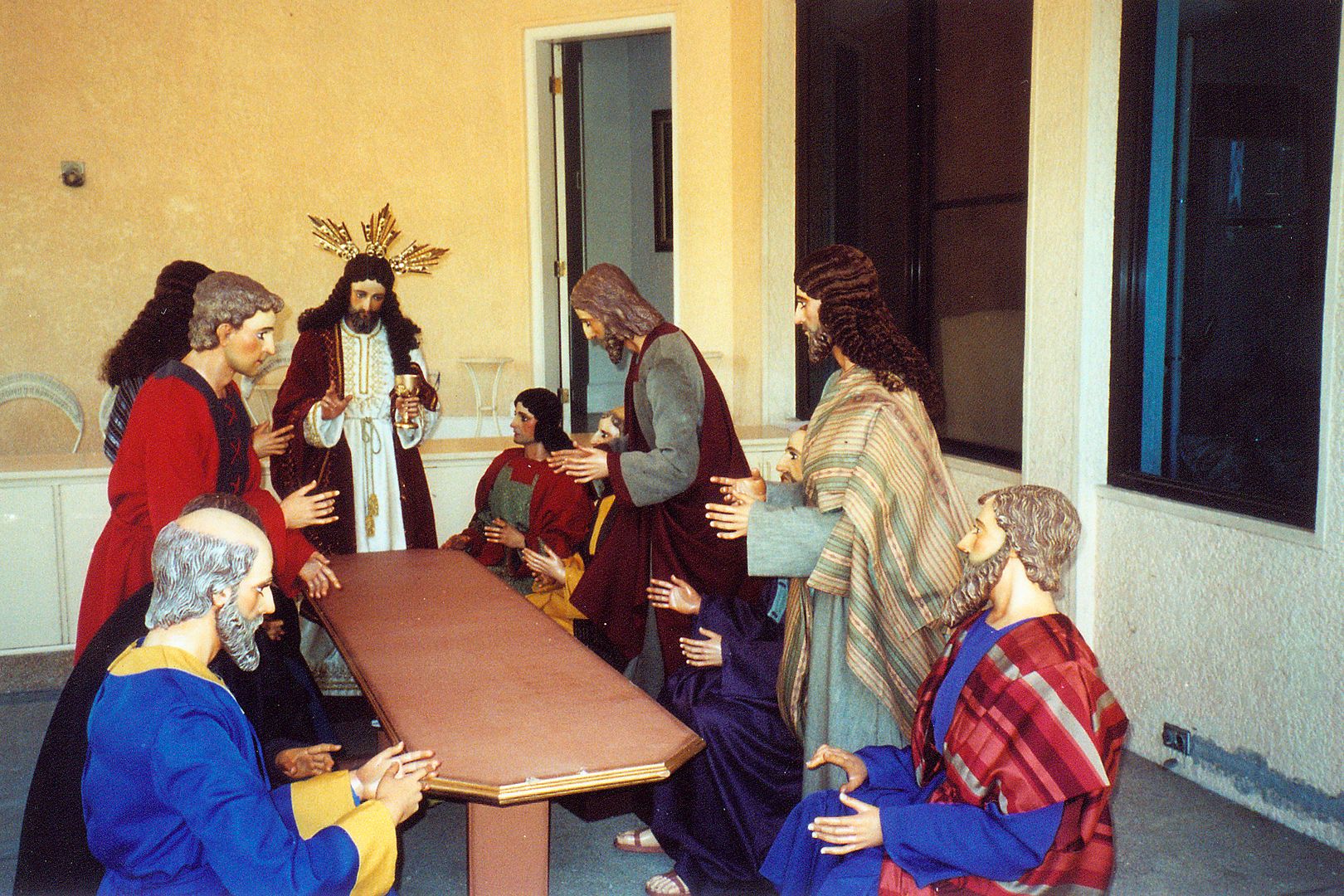
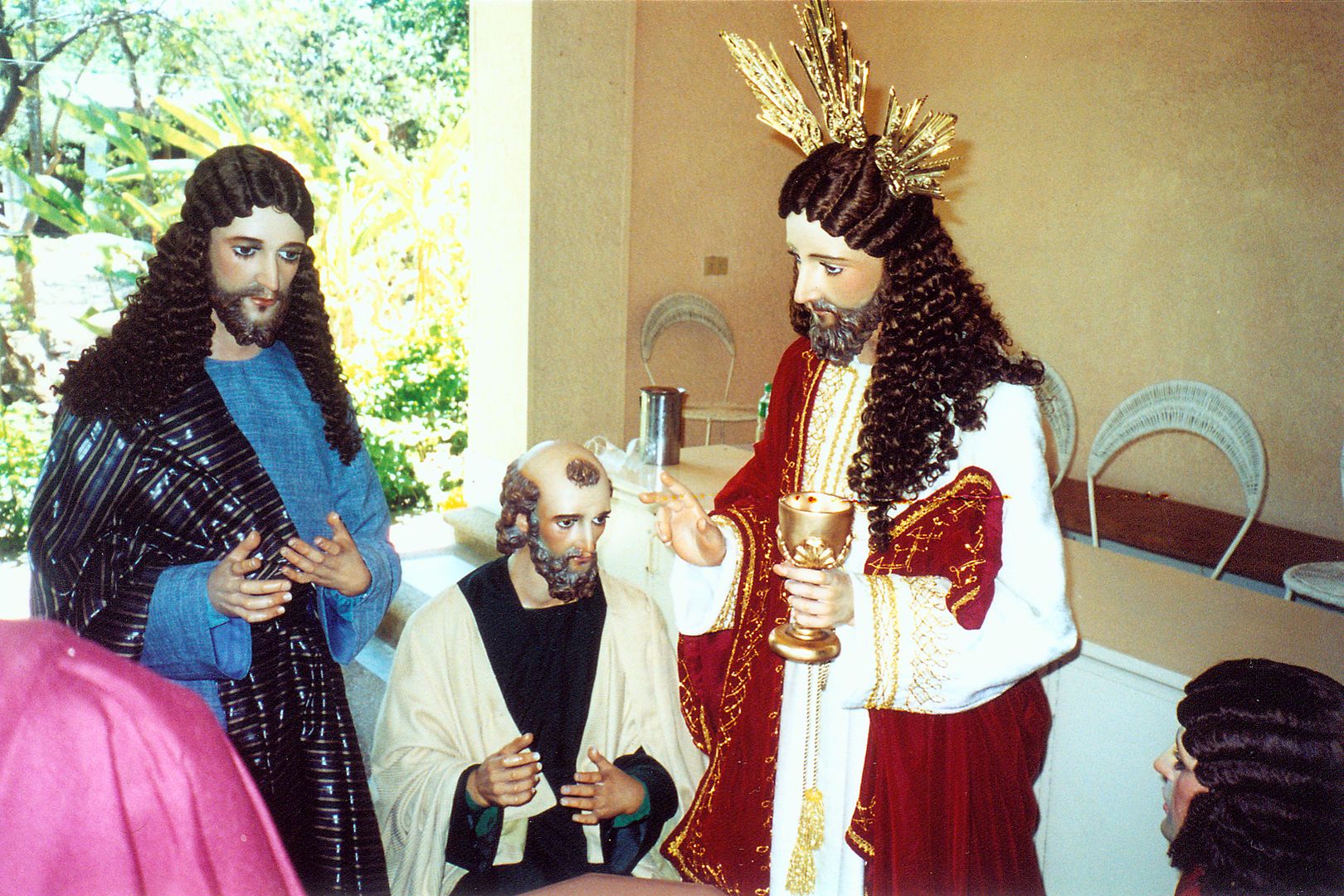

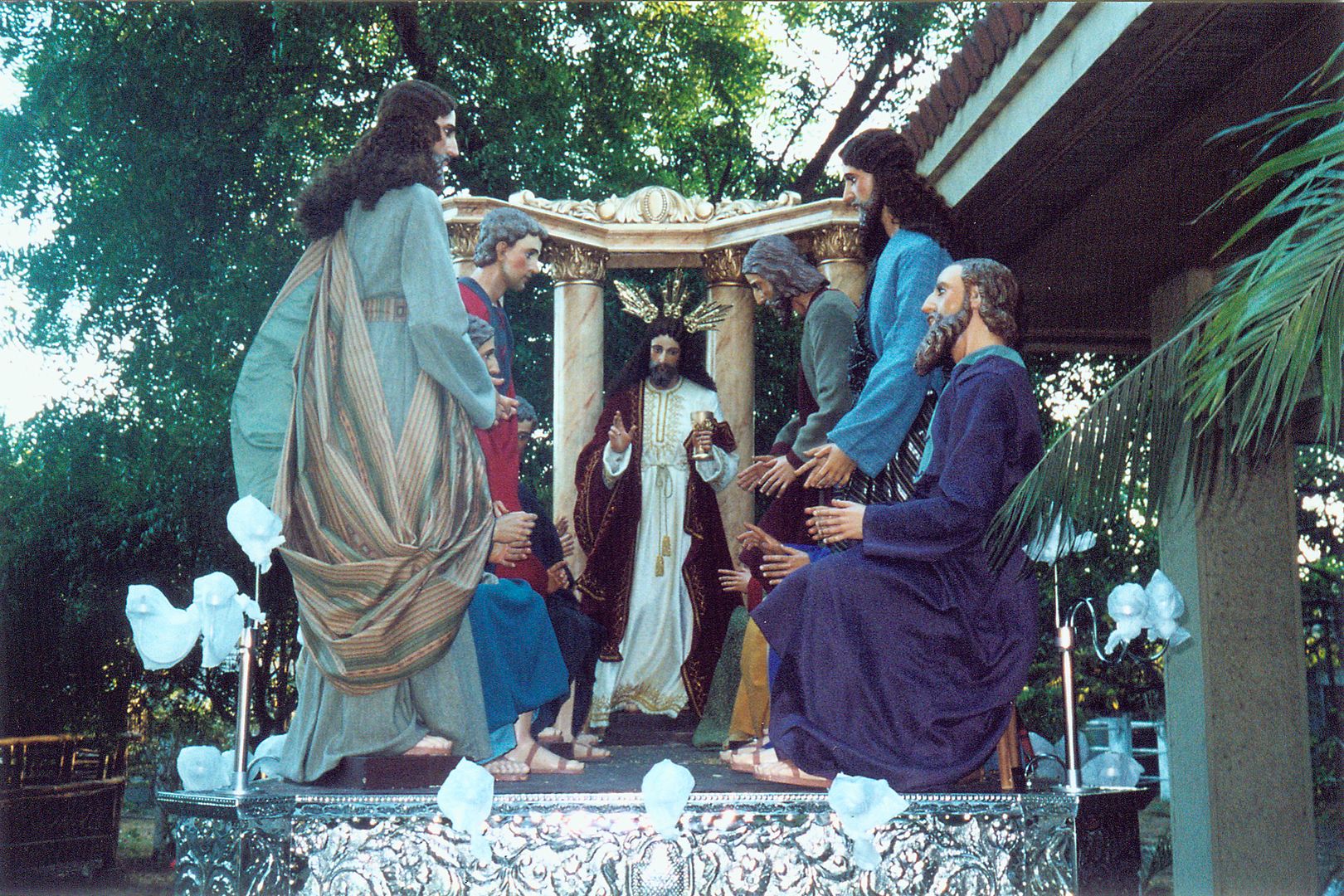

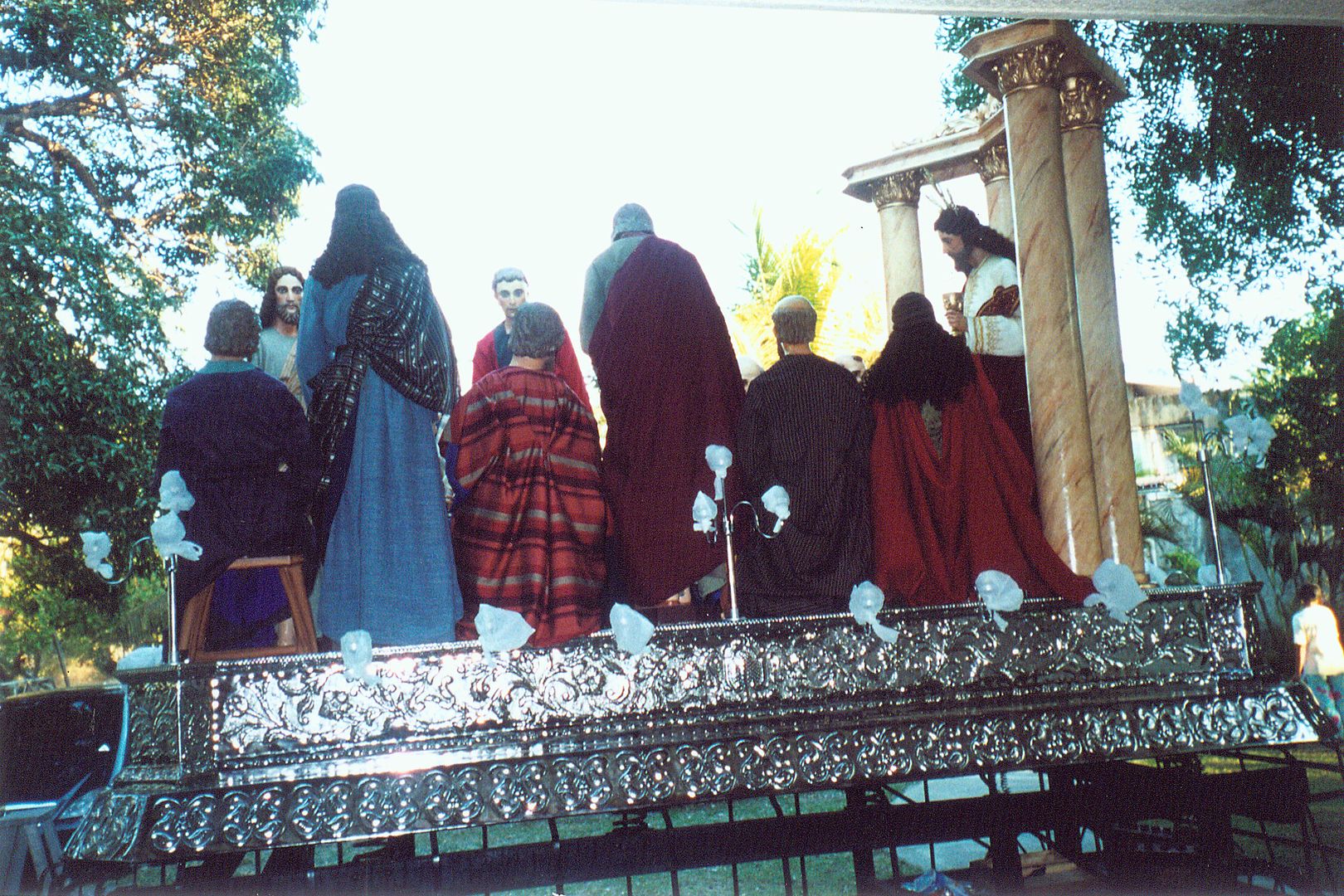
No comments:
Post a Comment